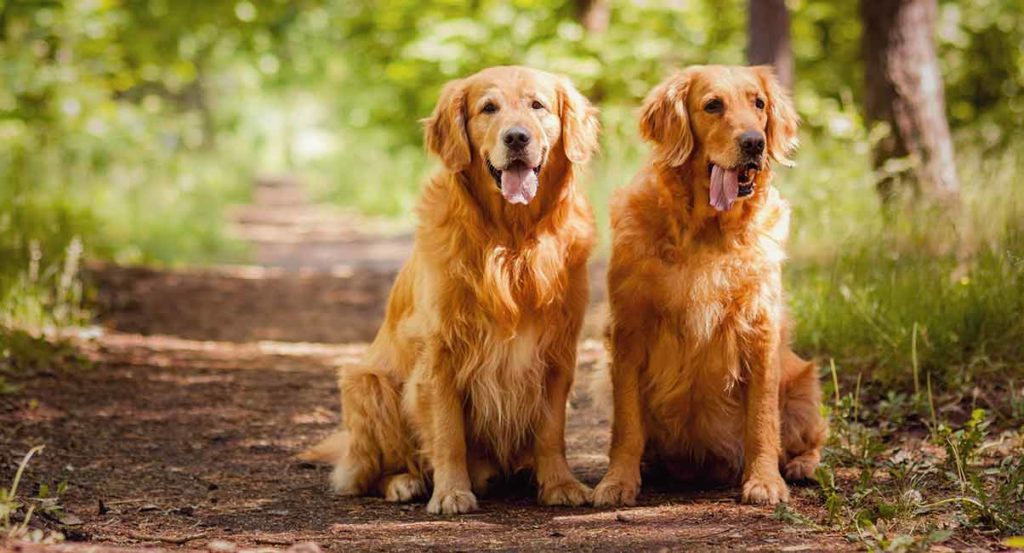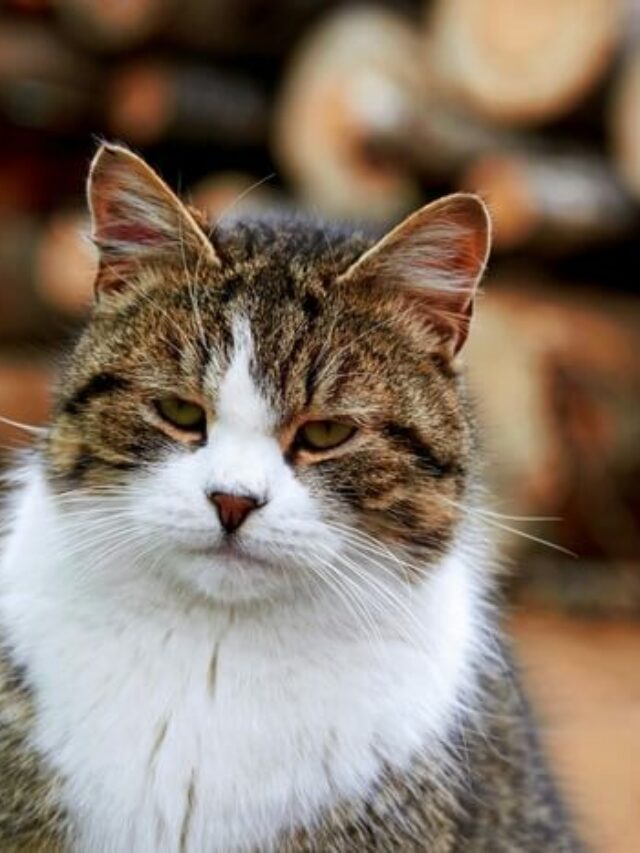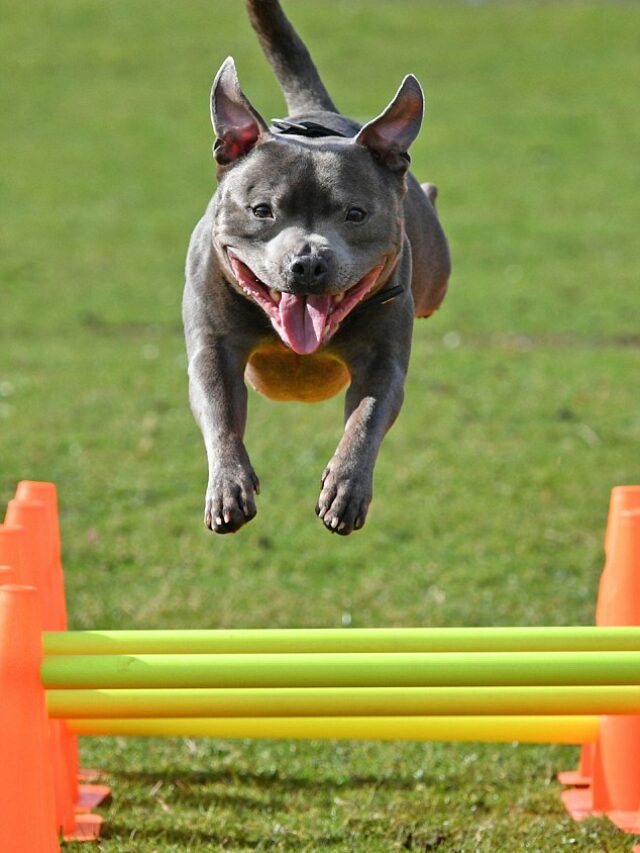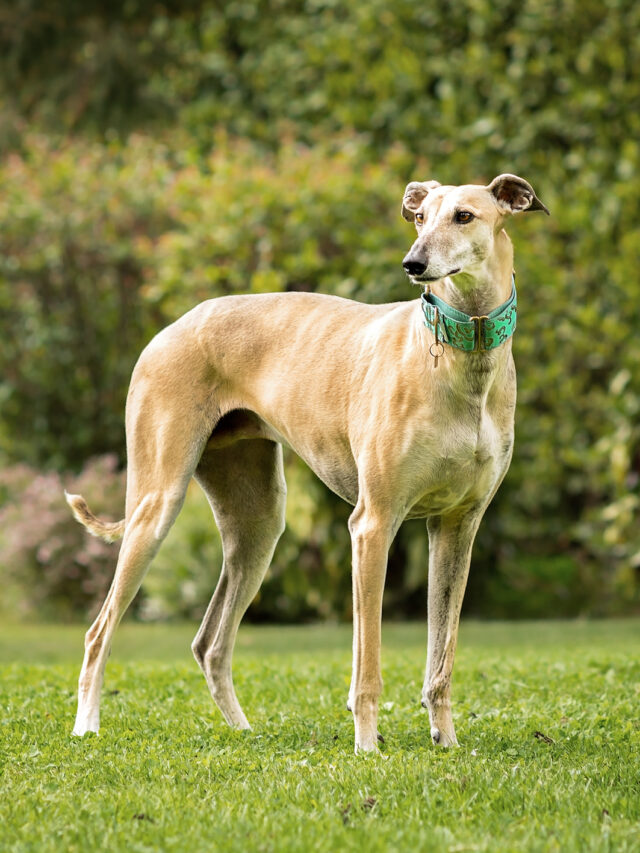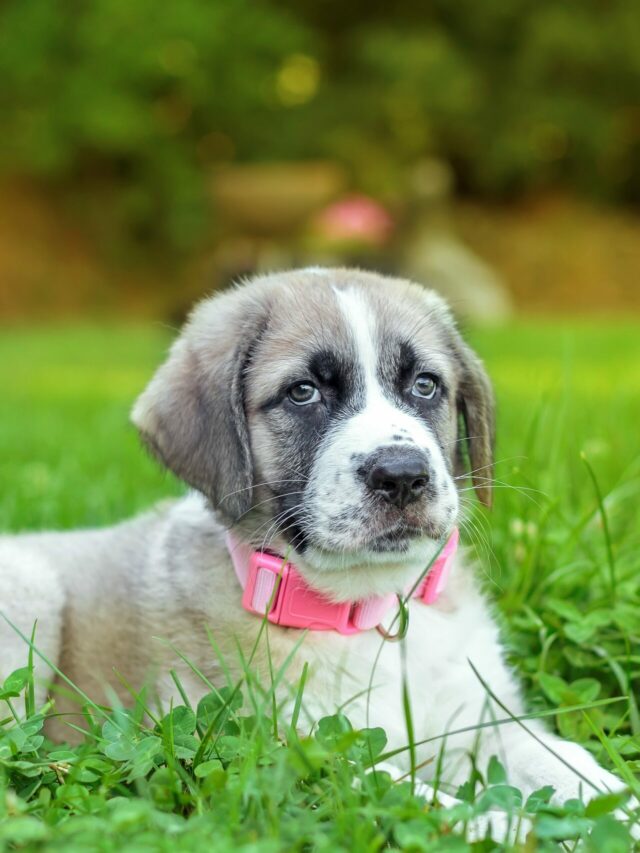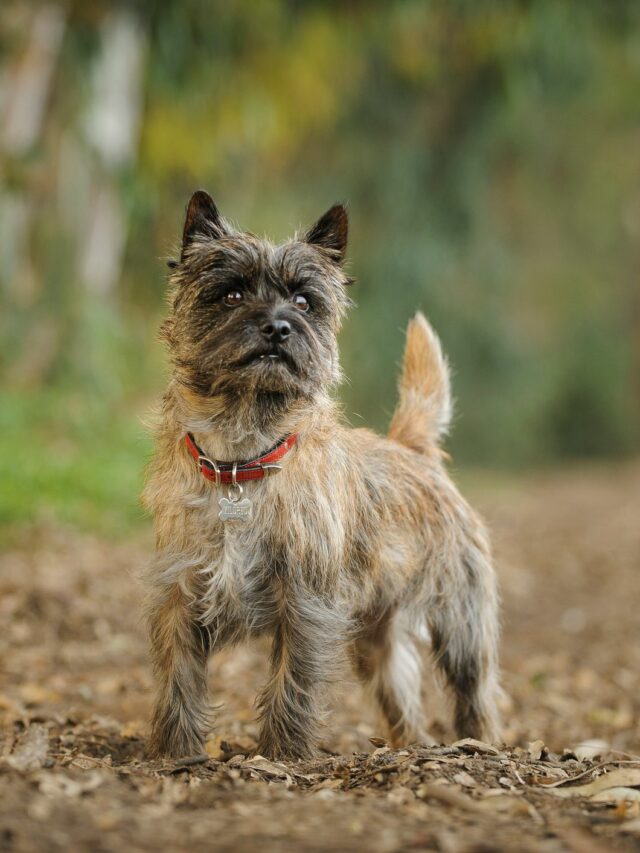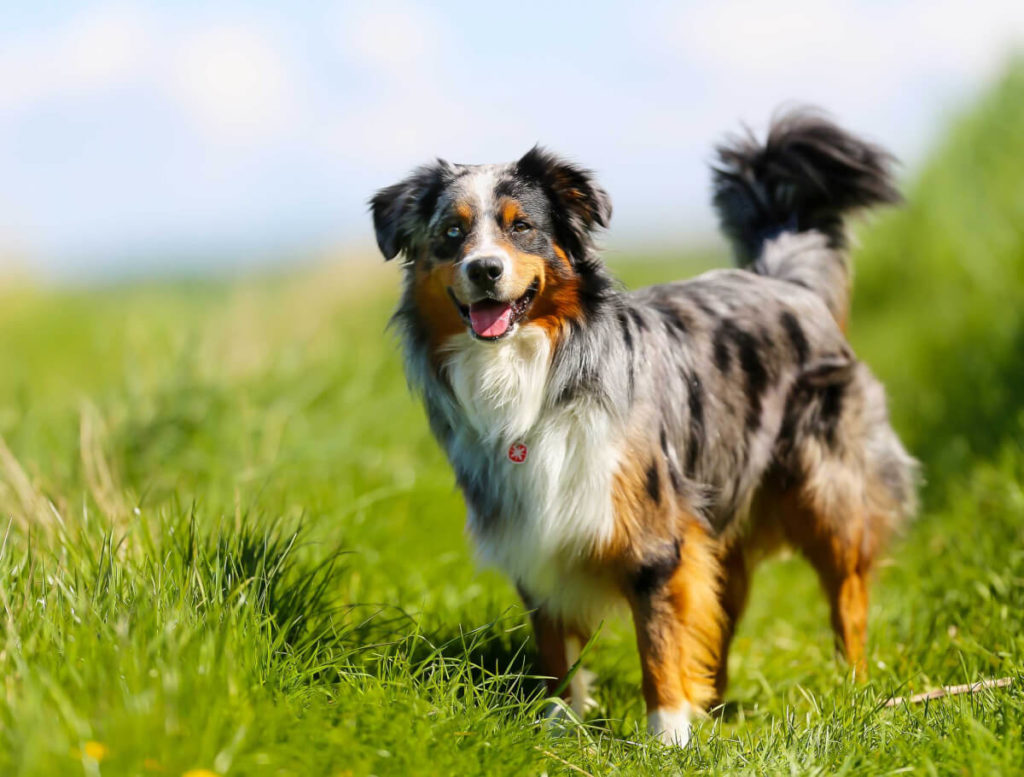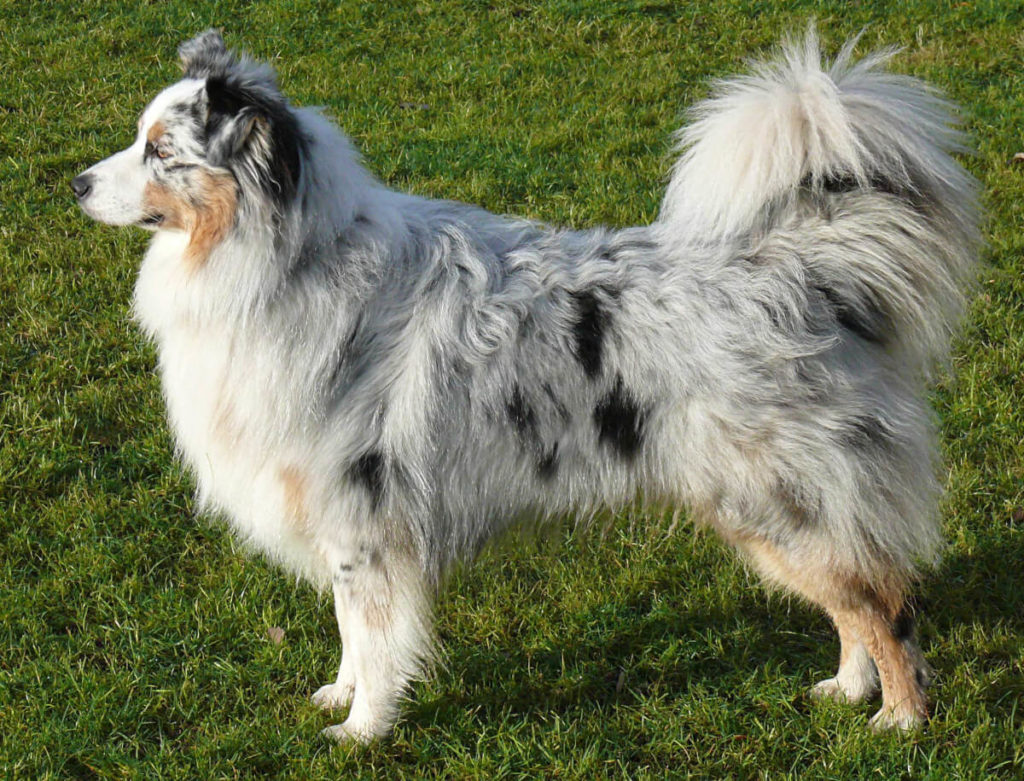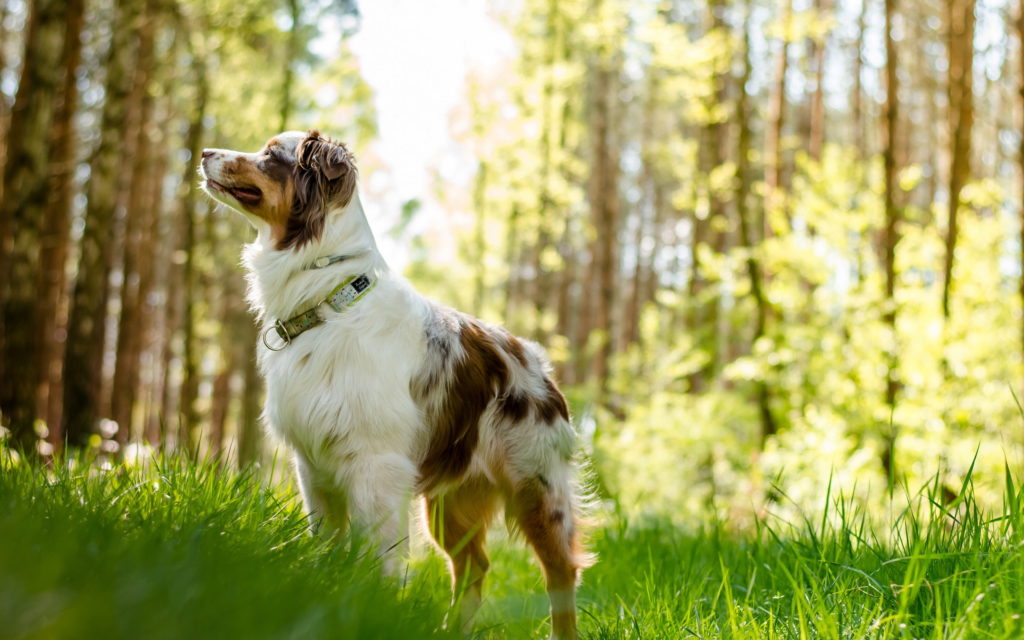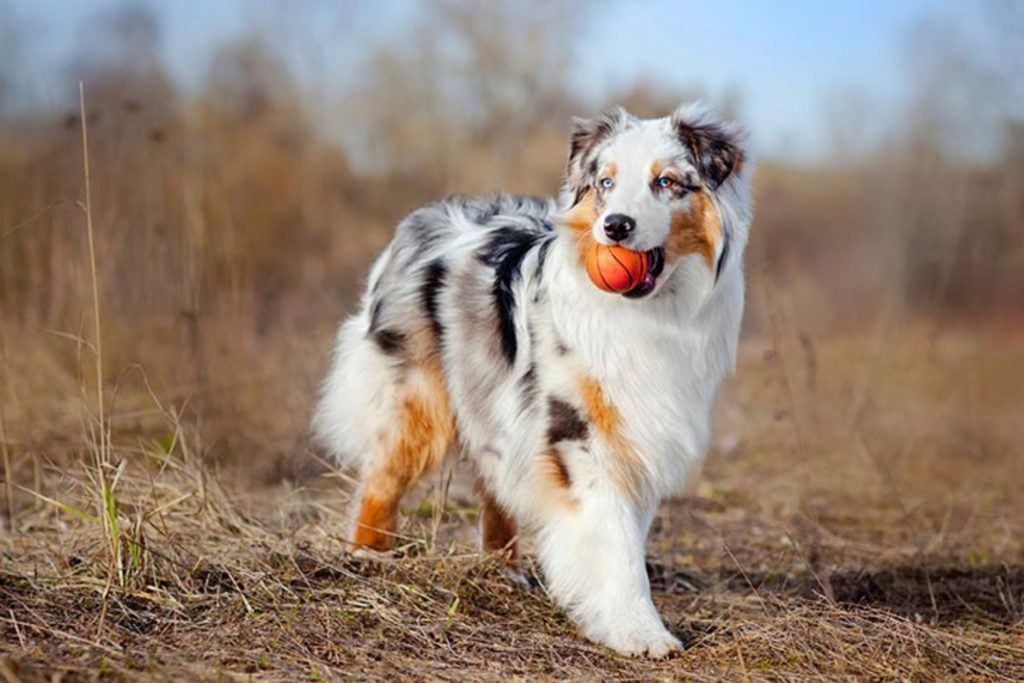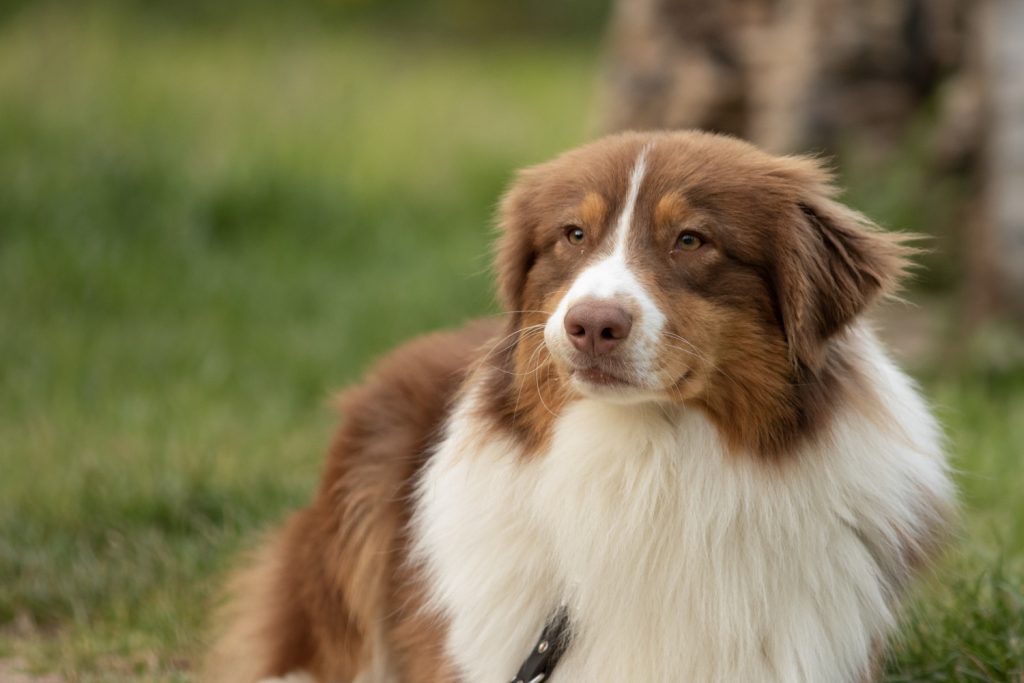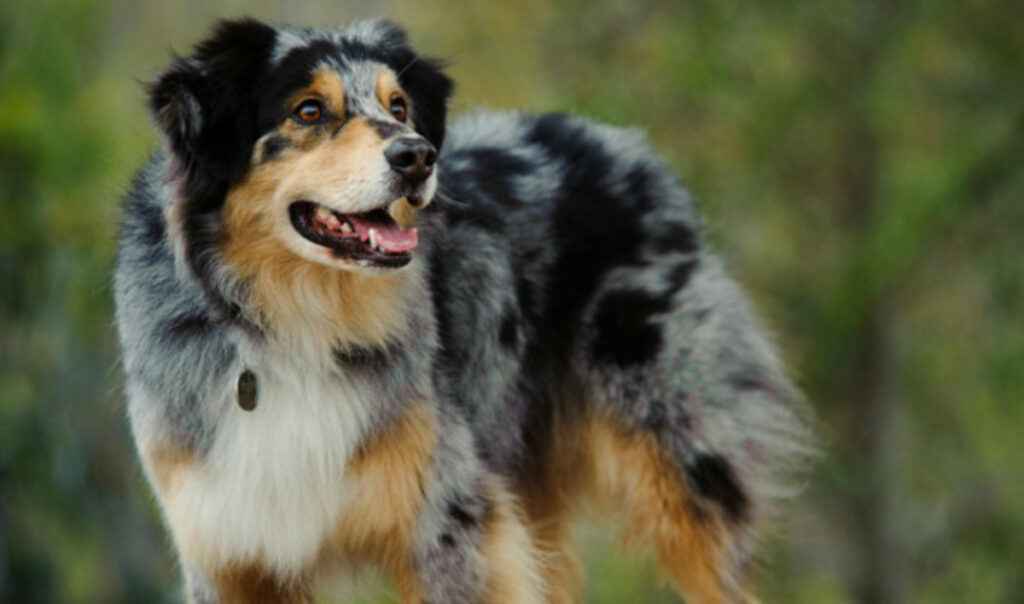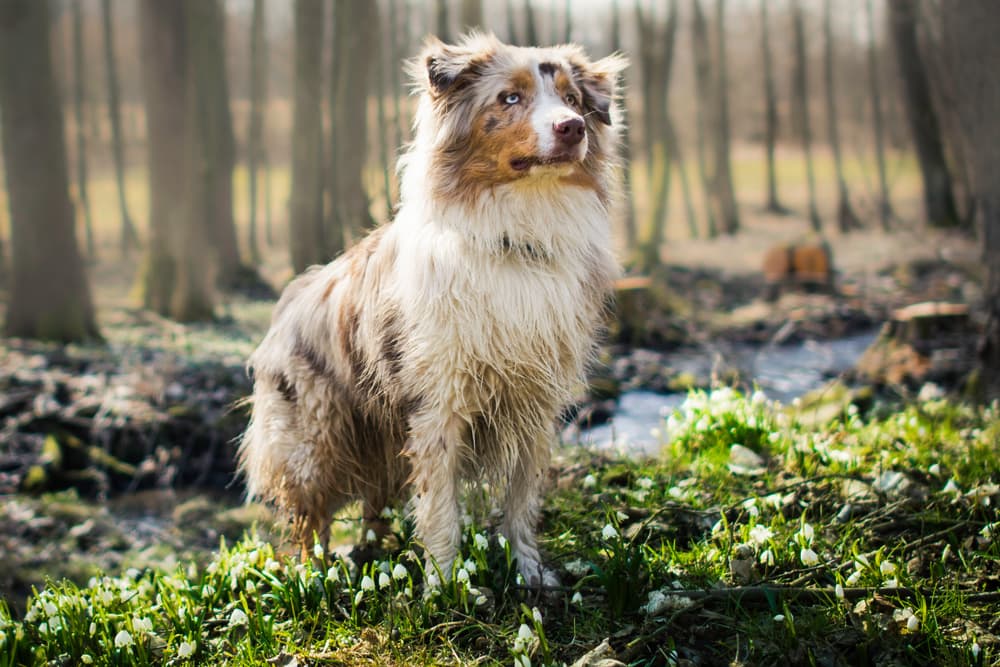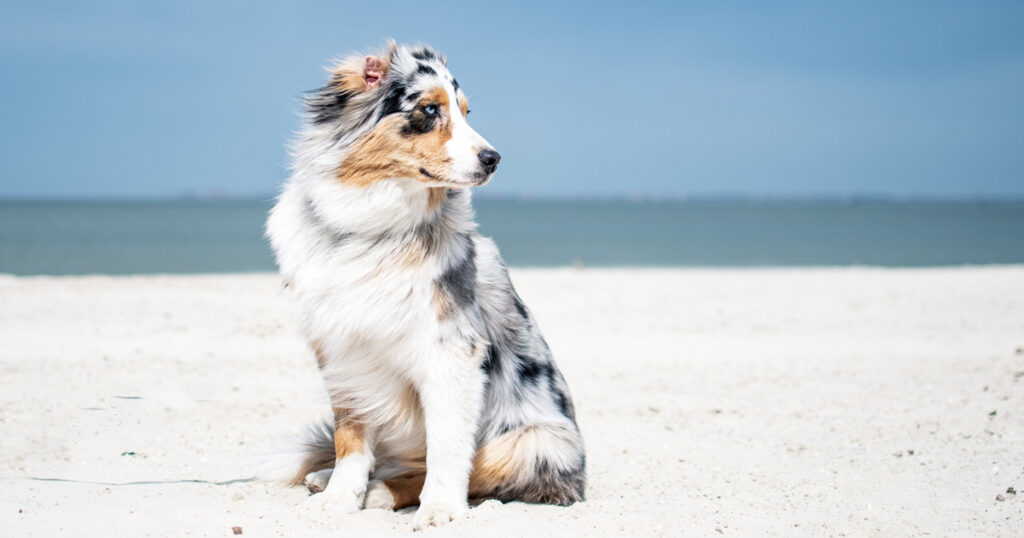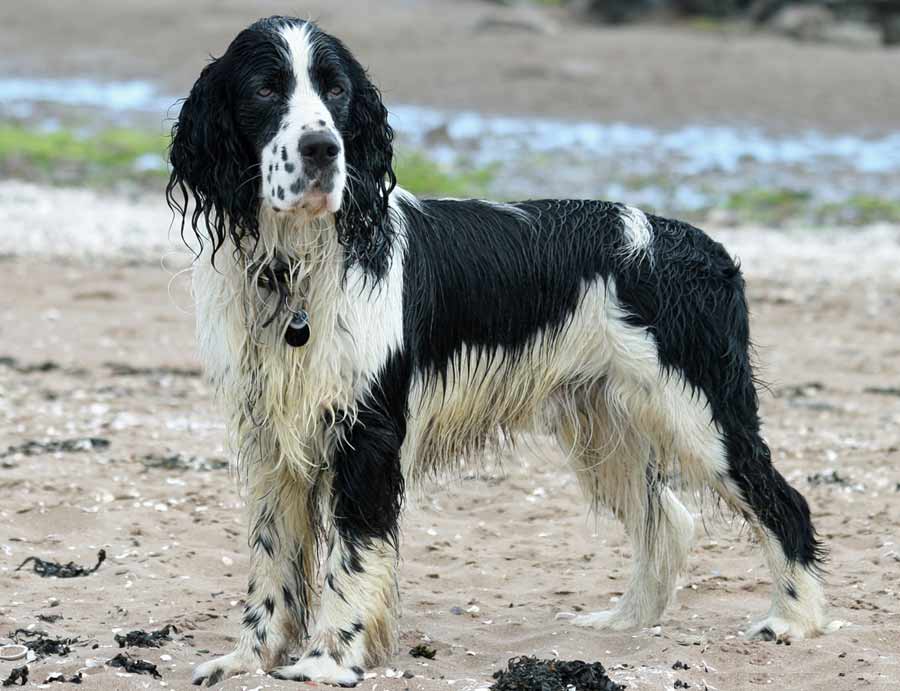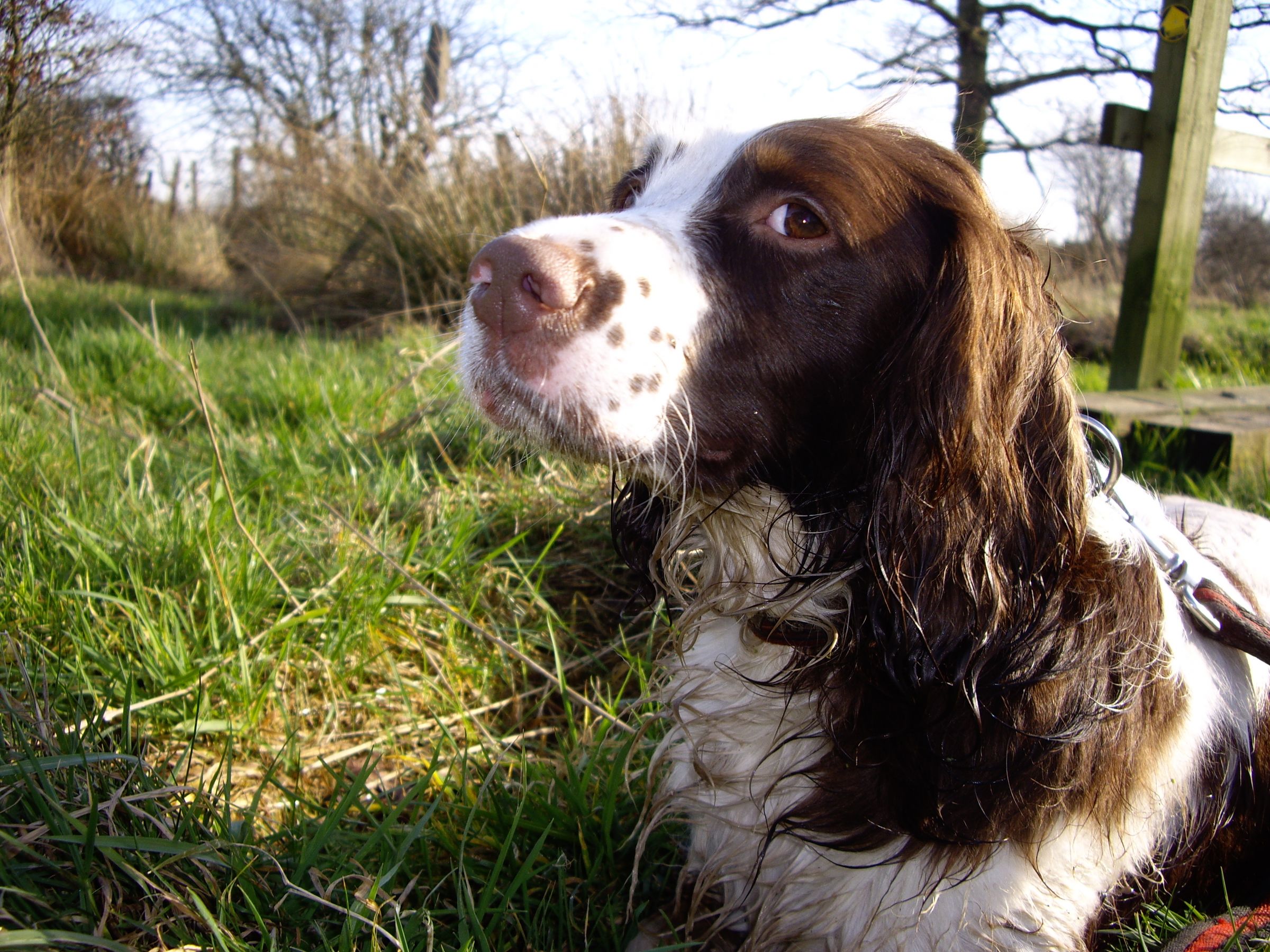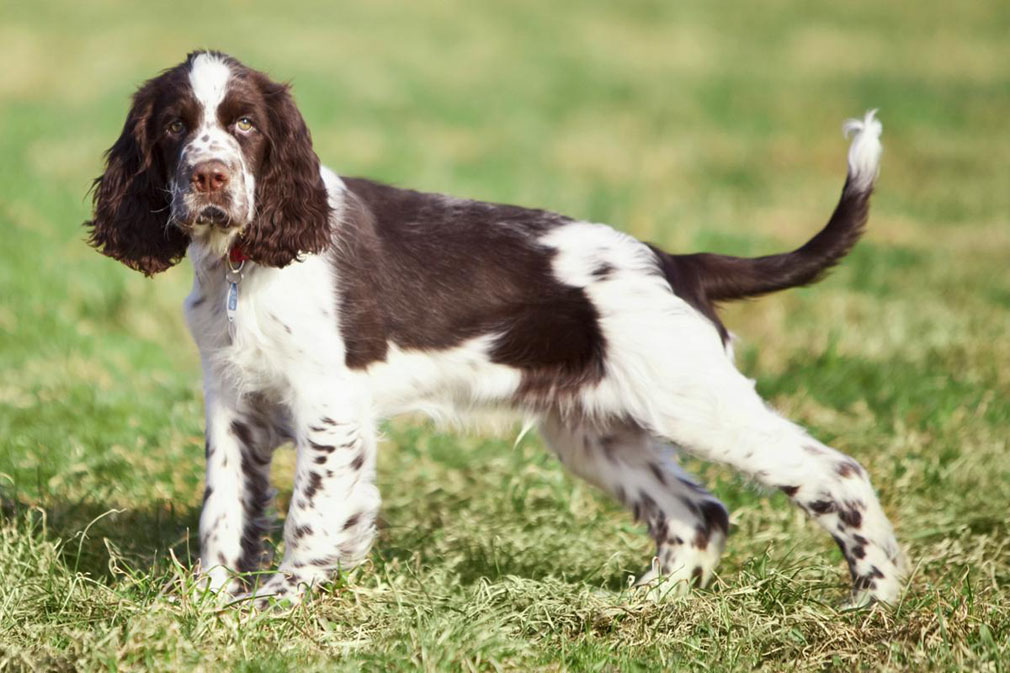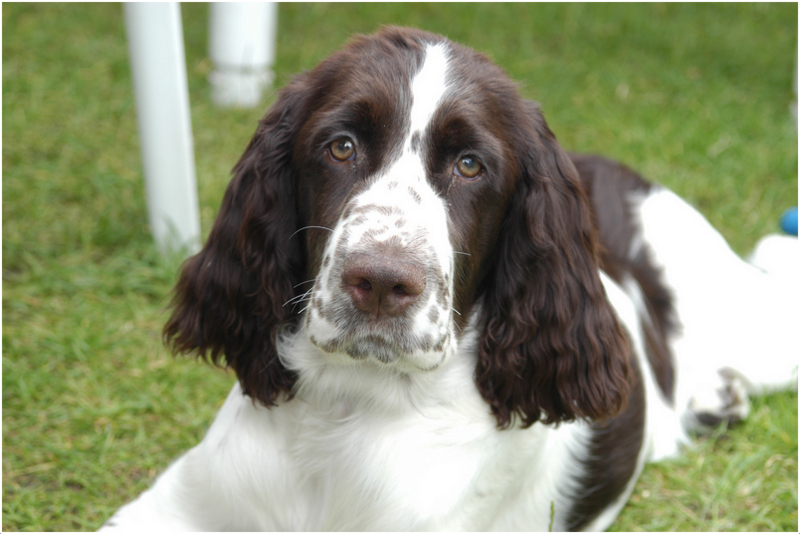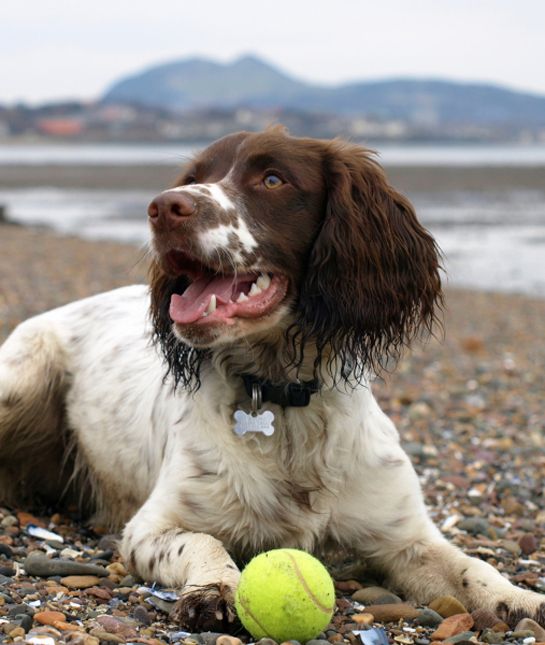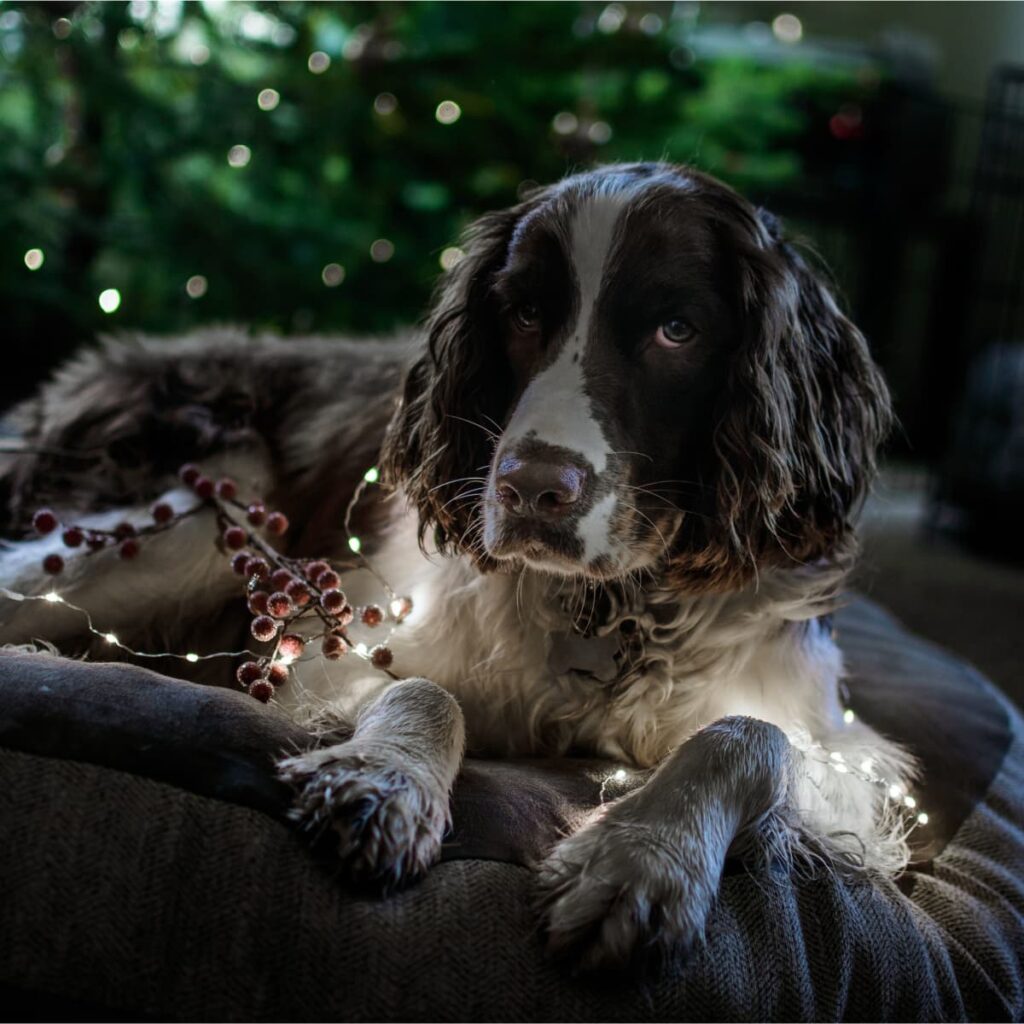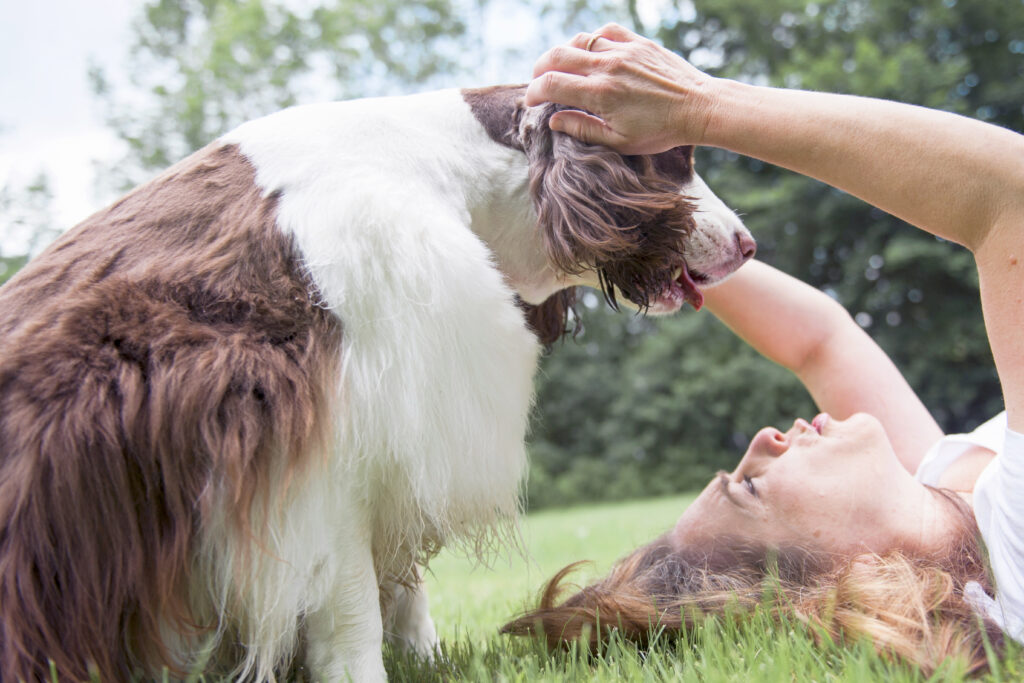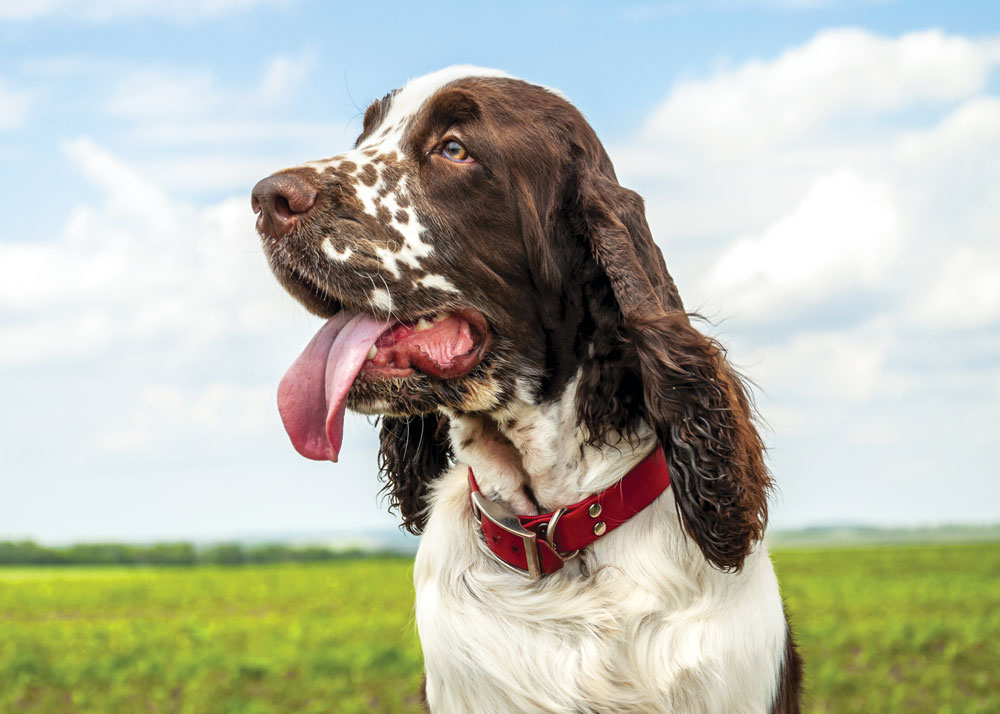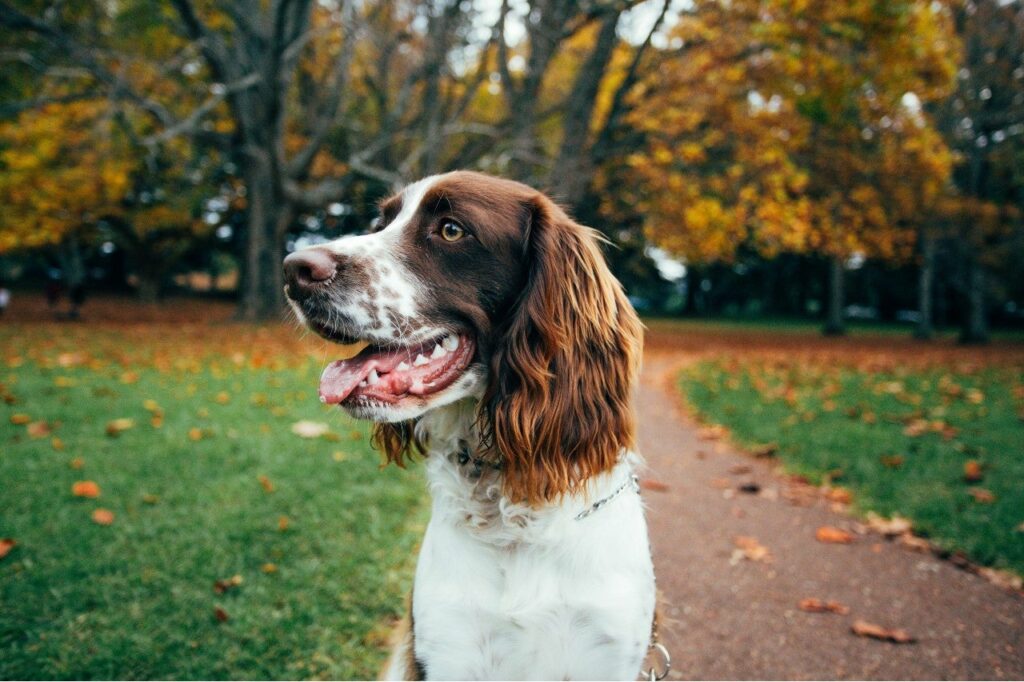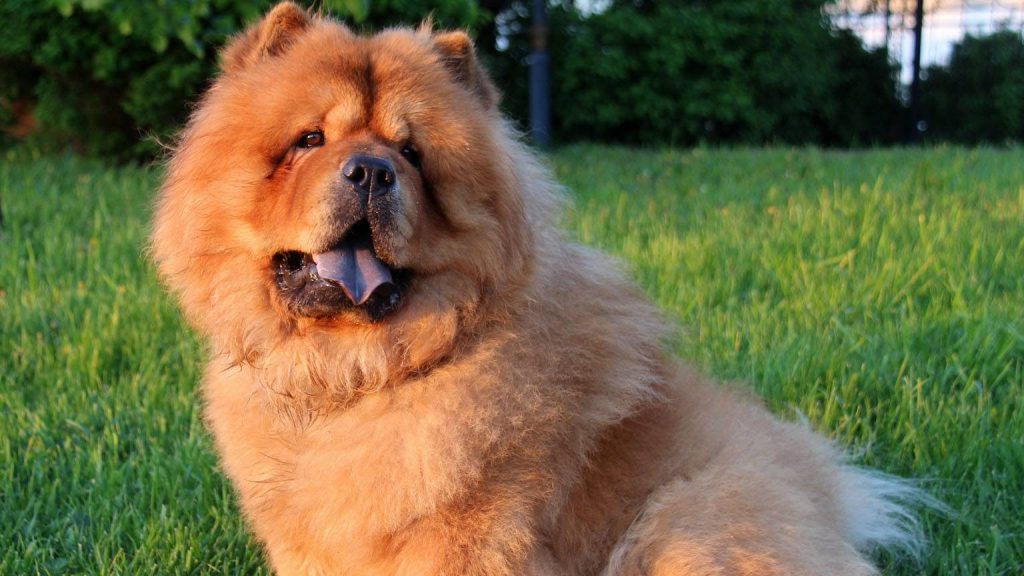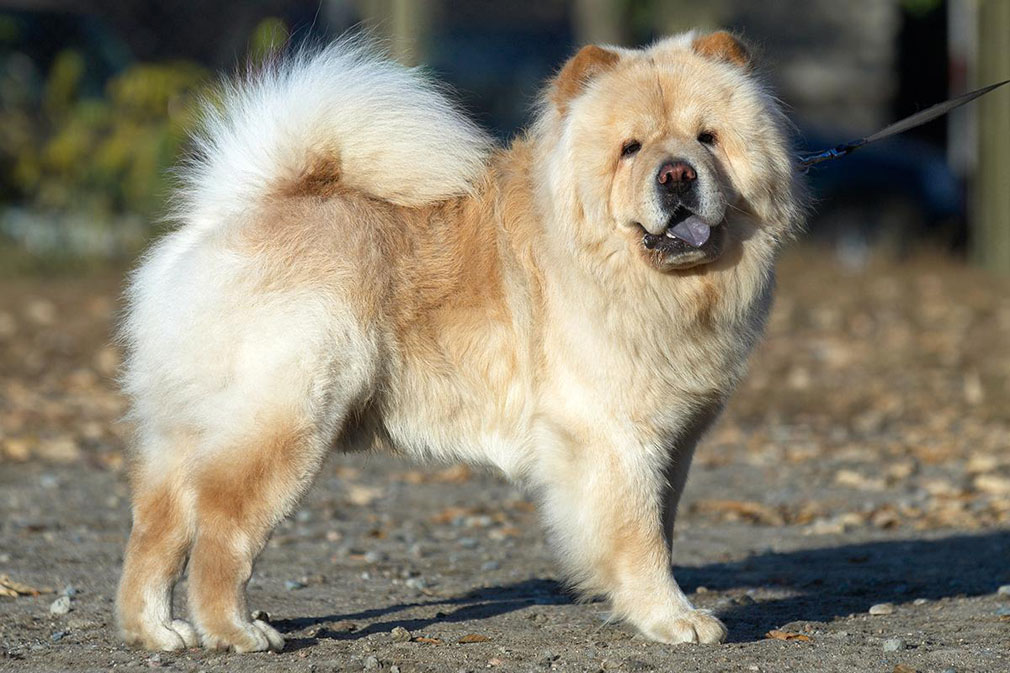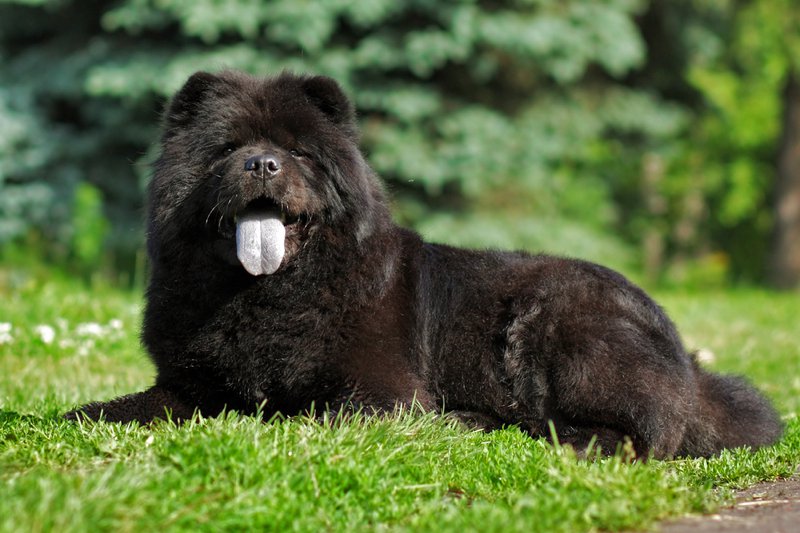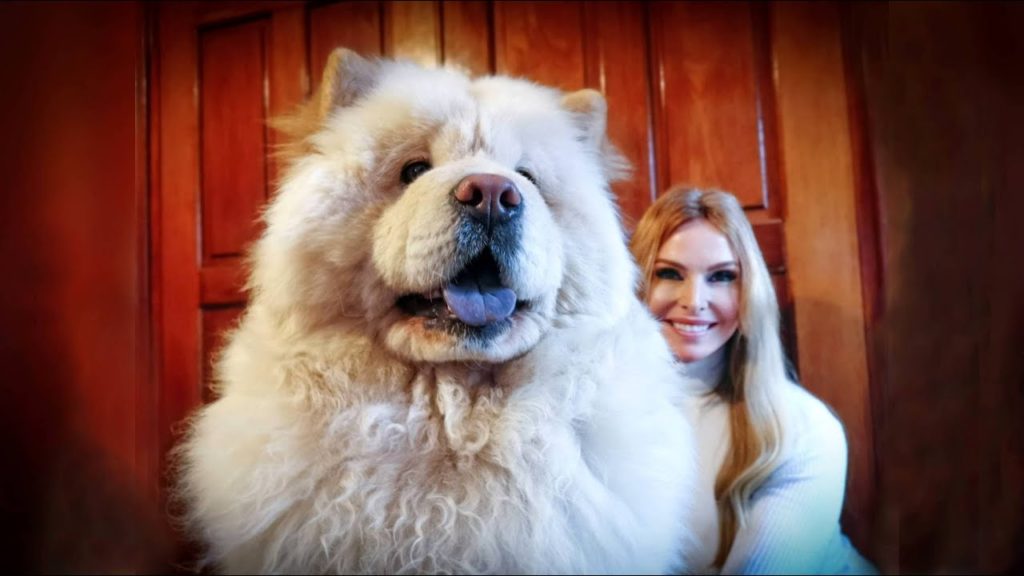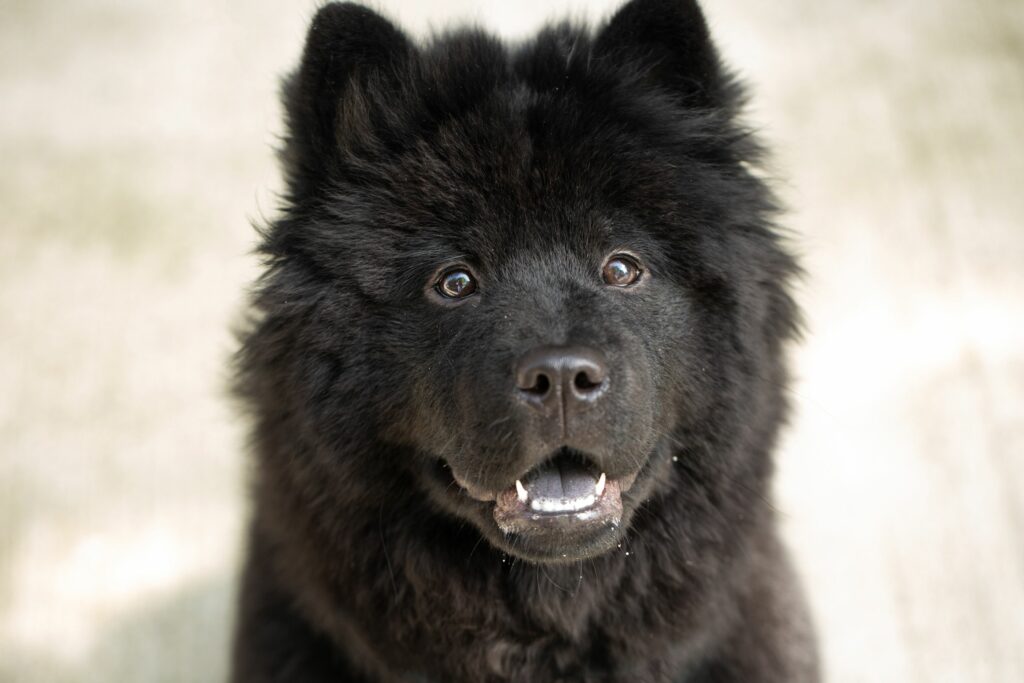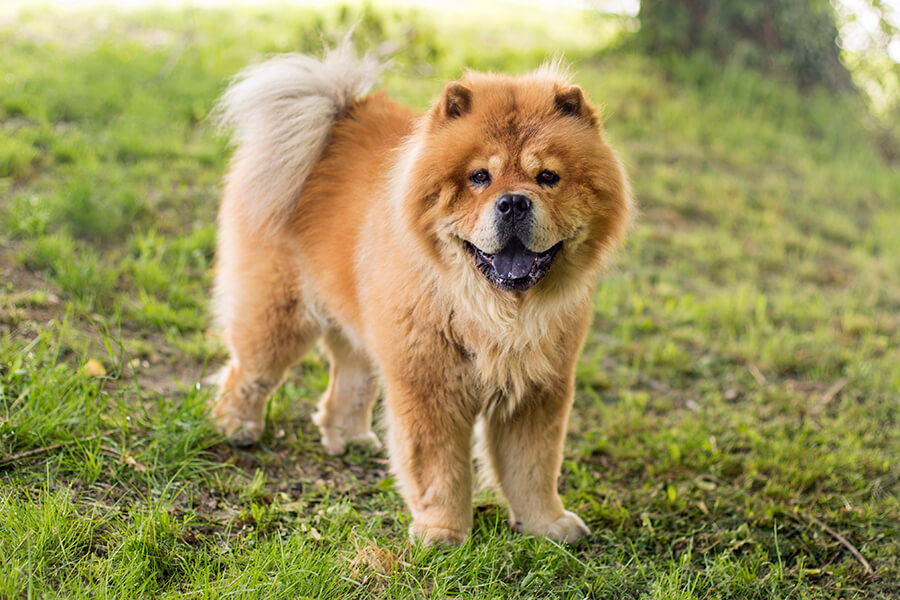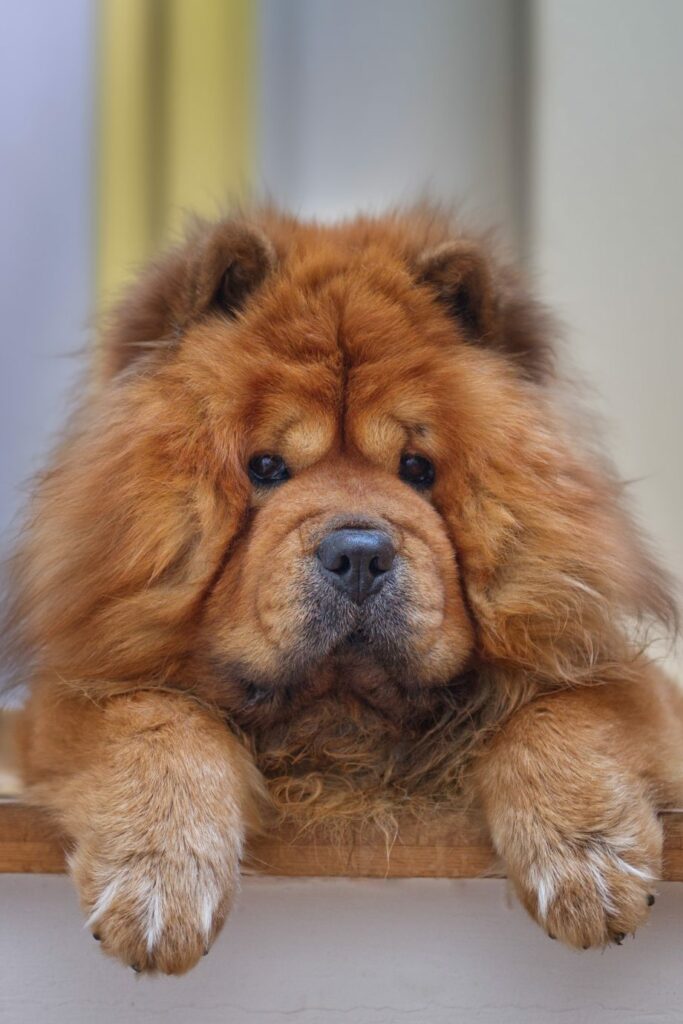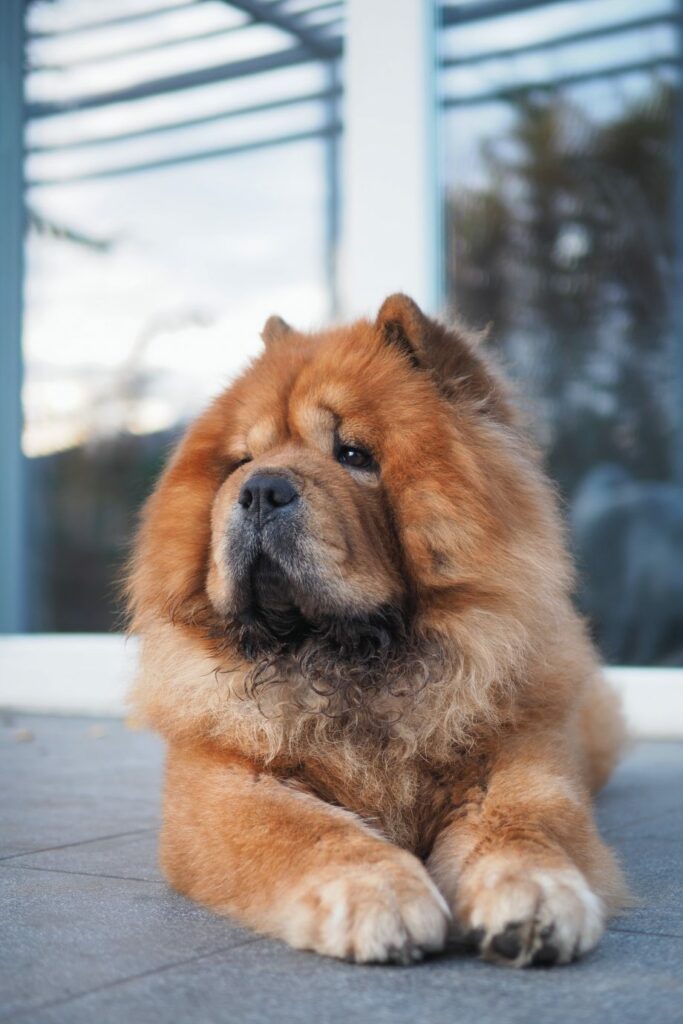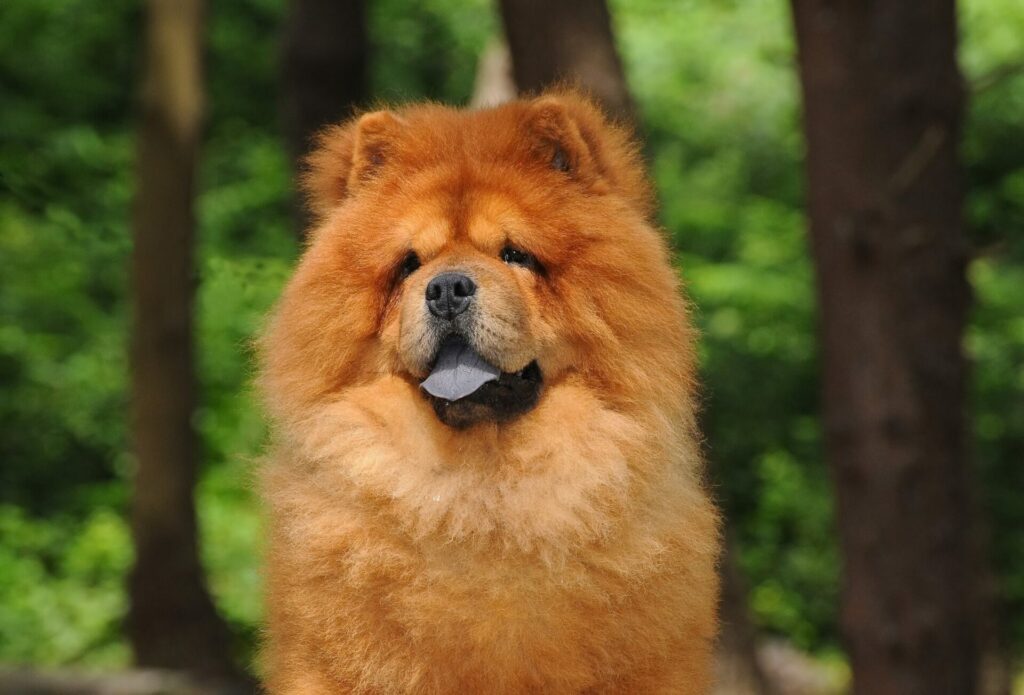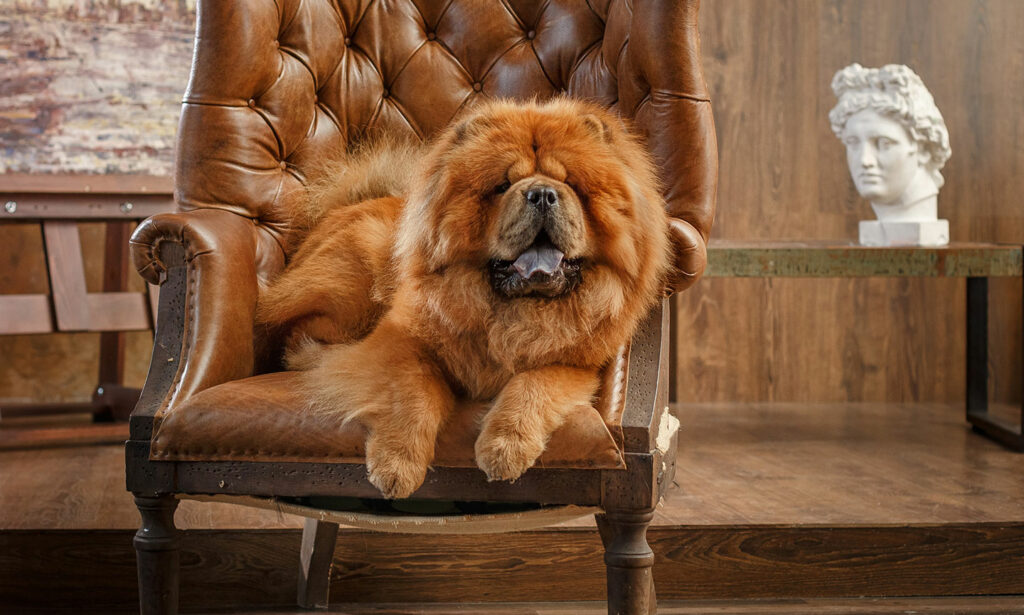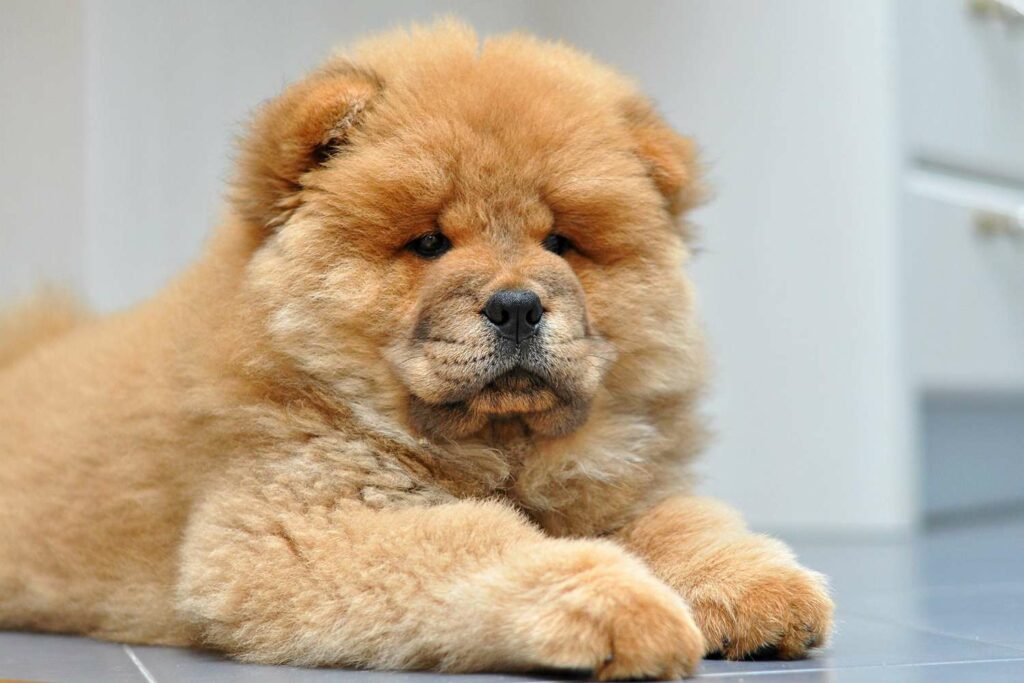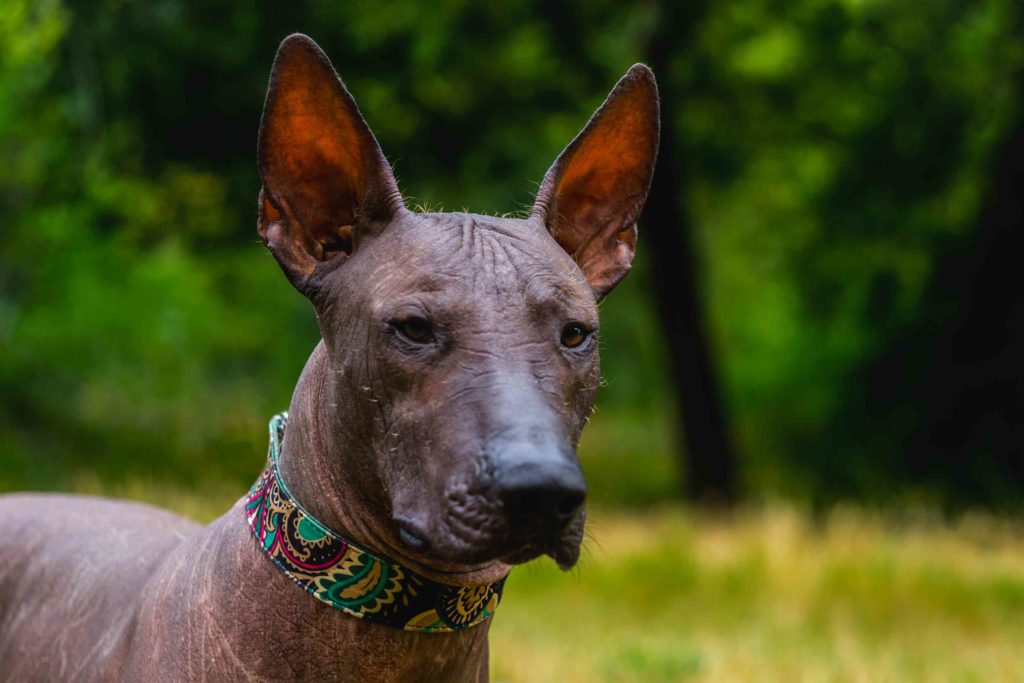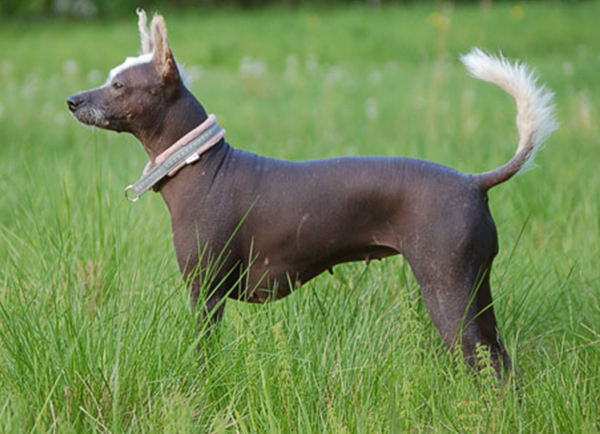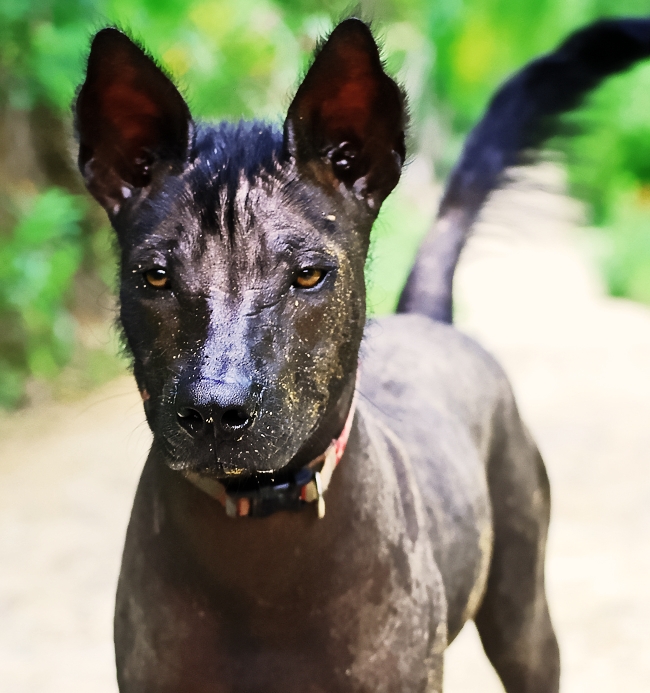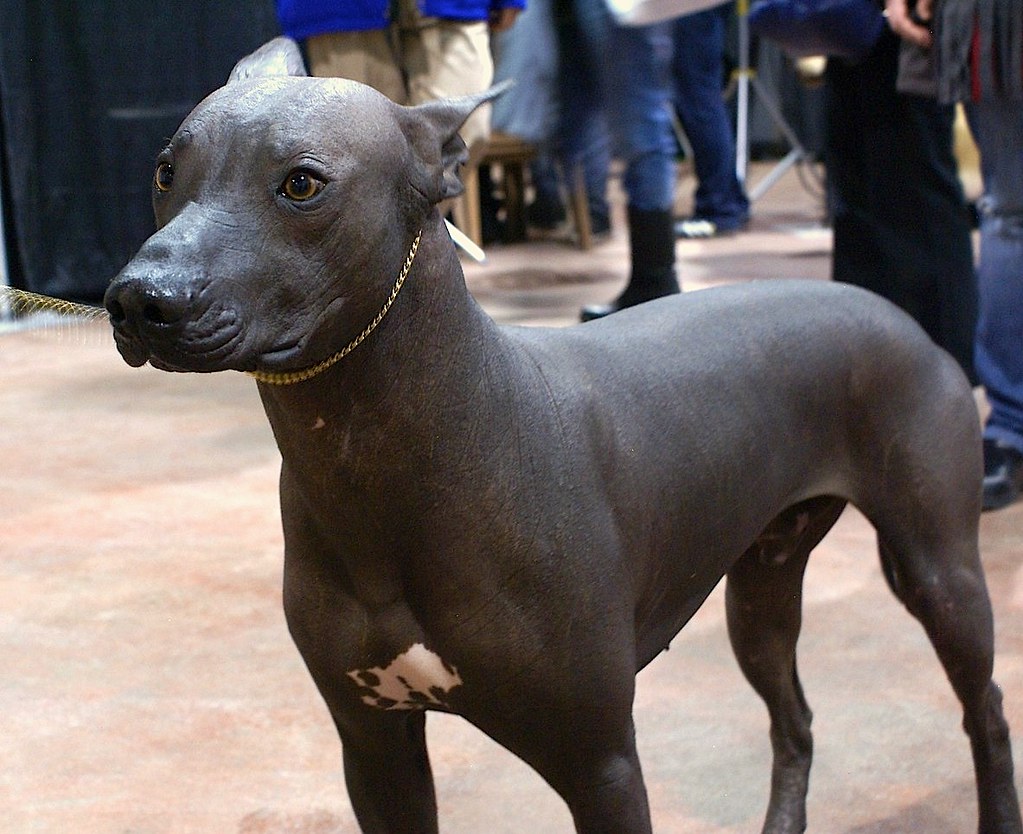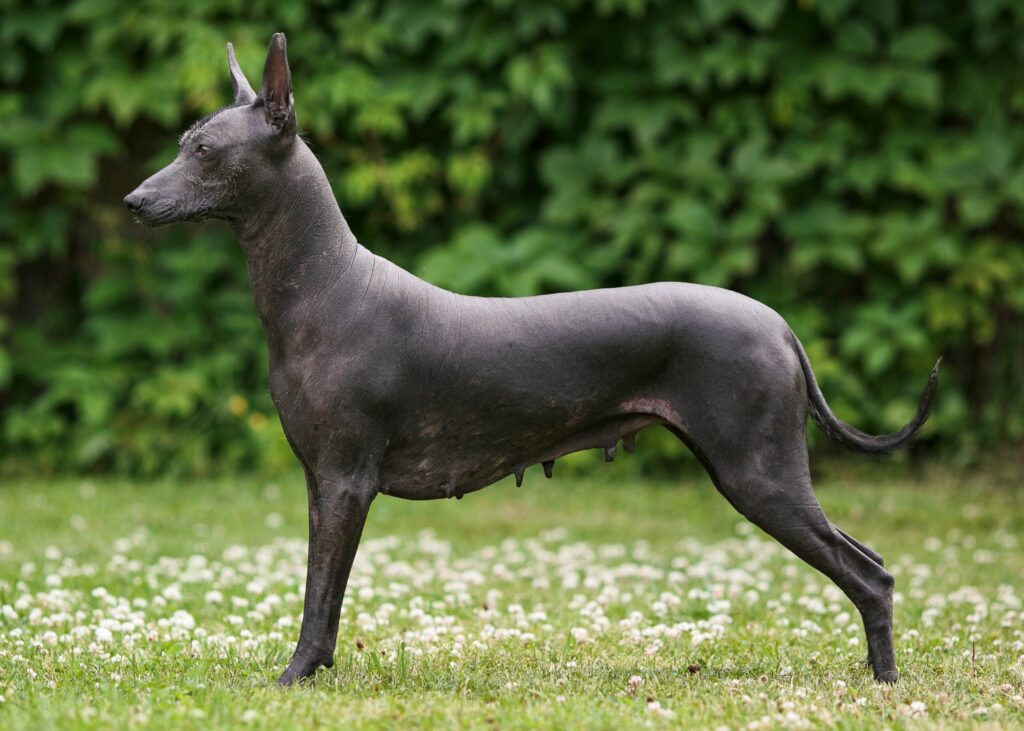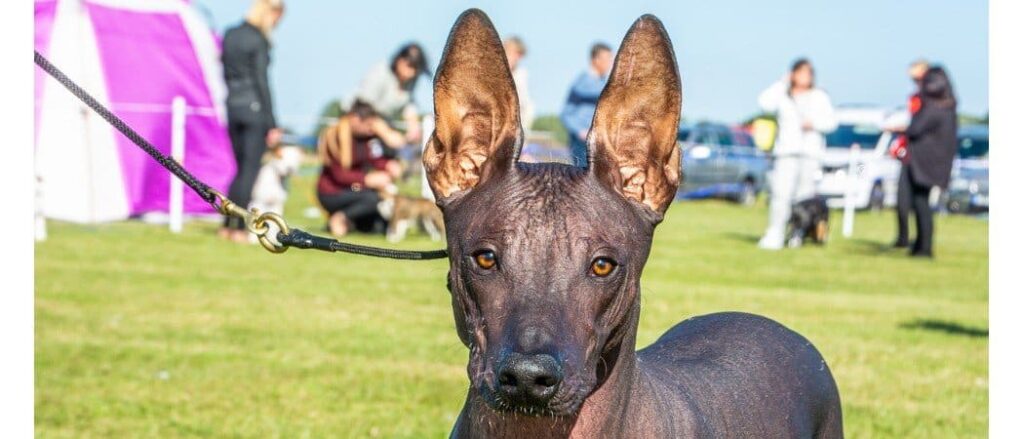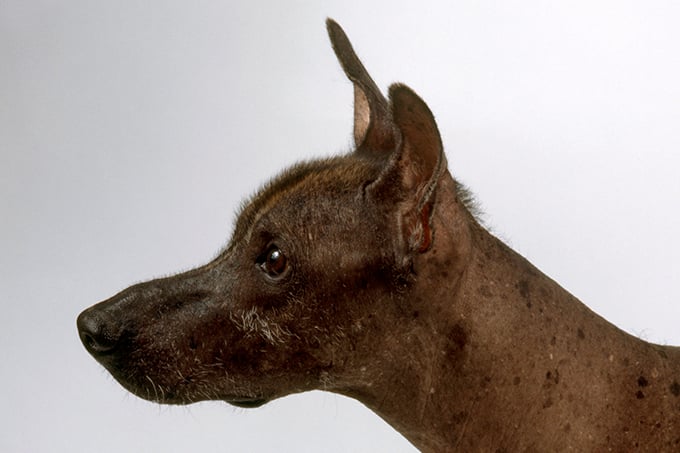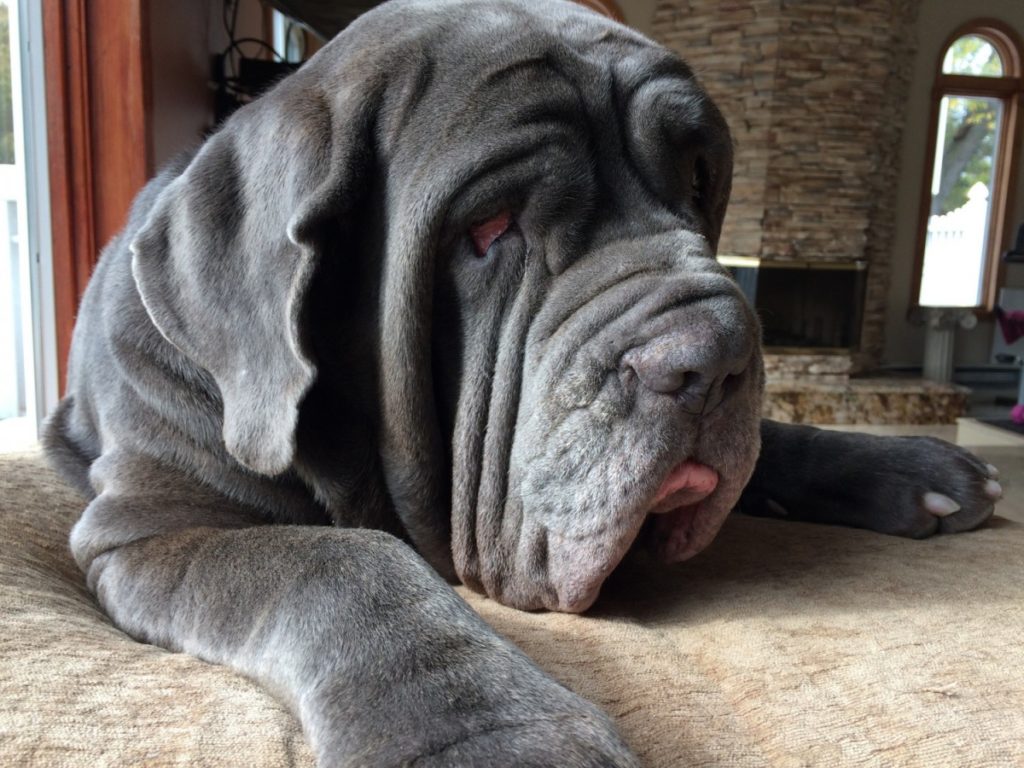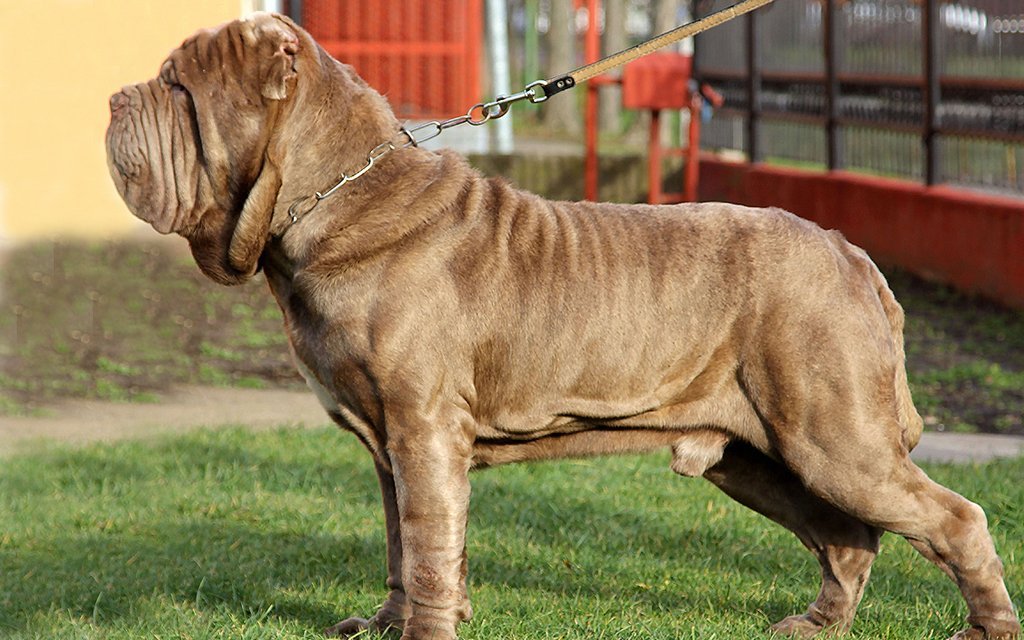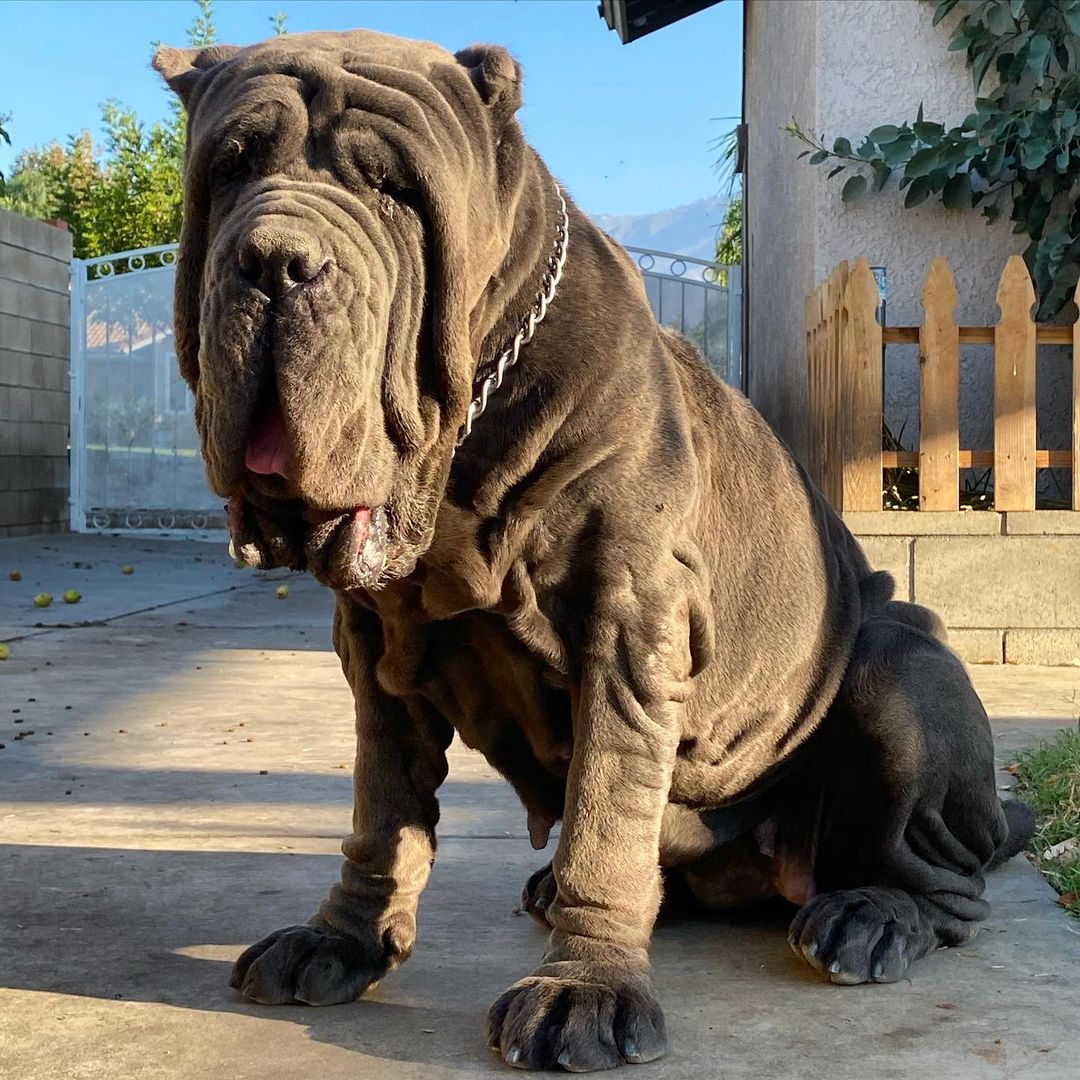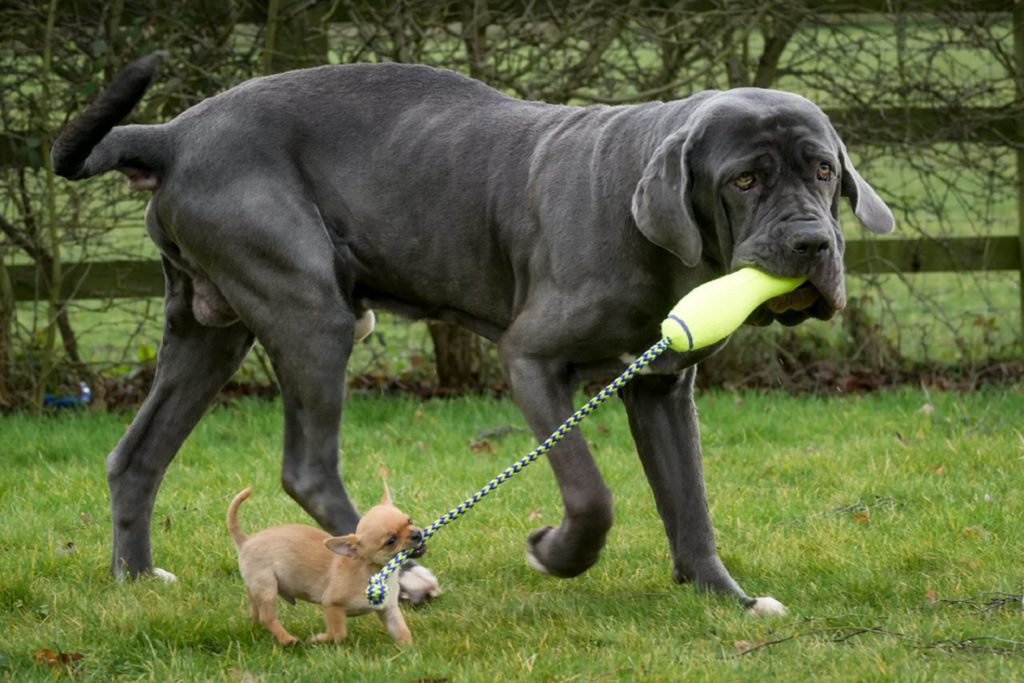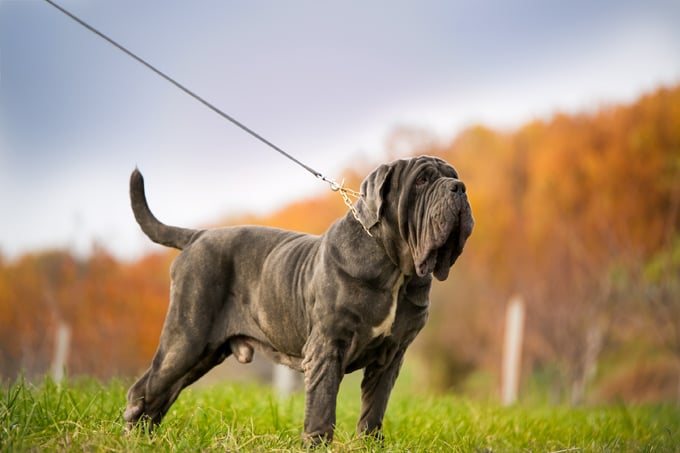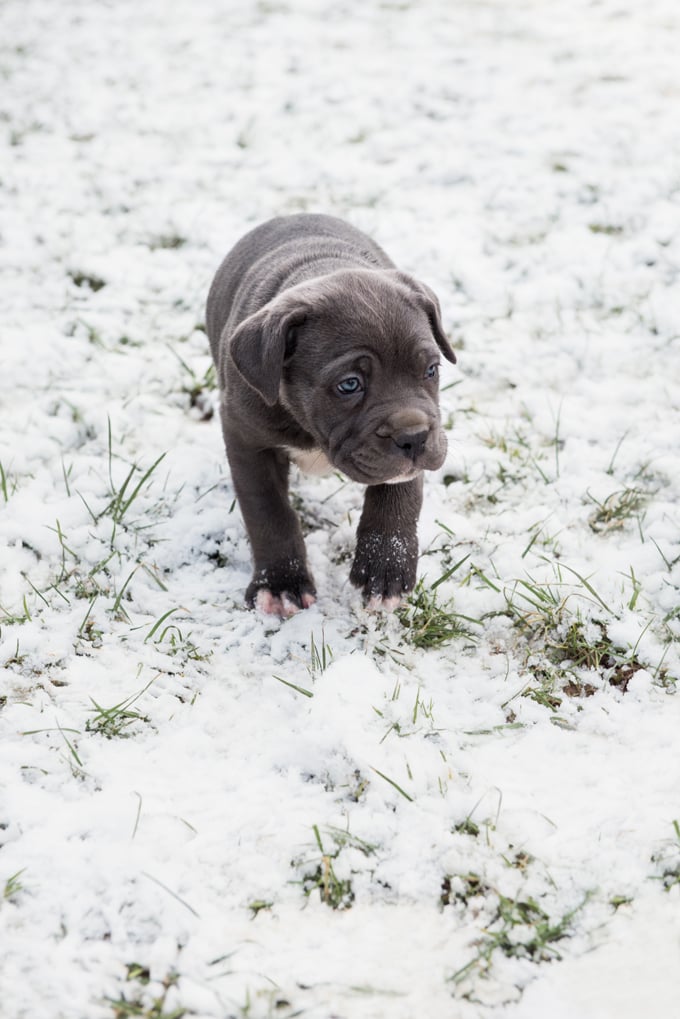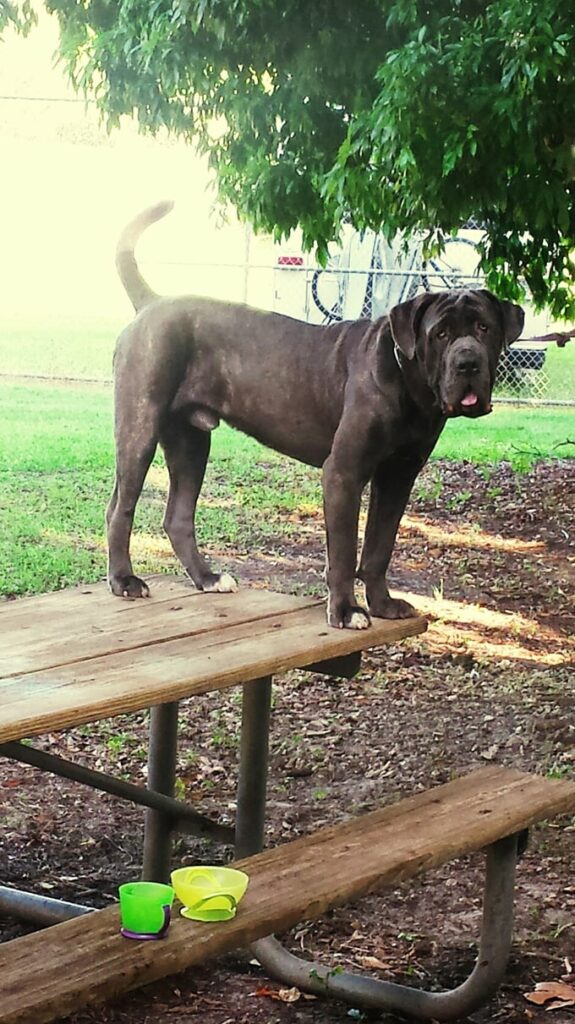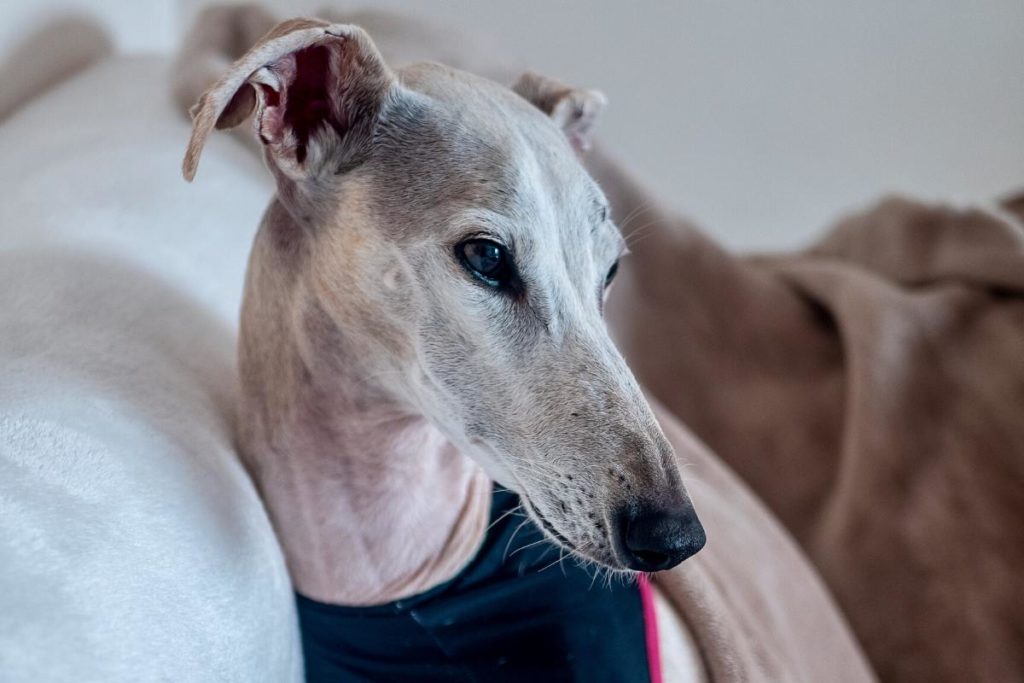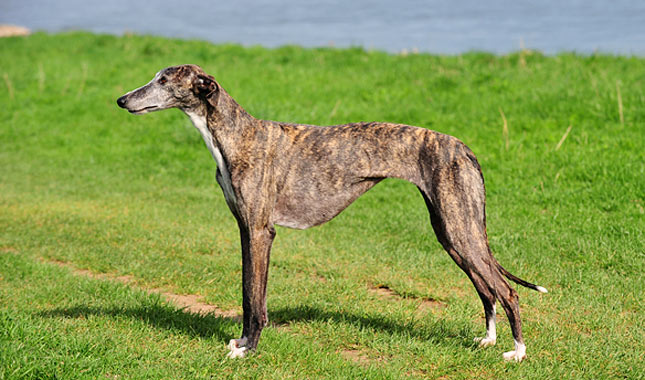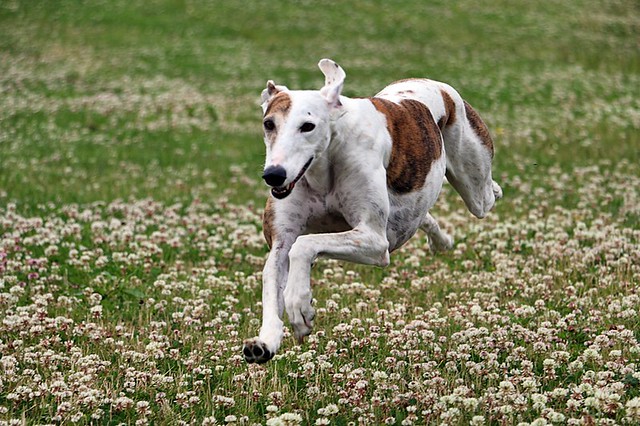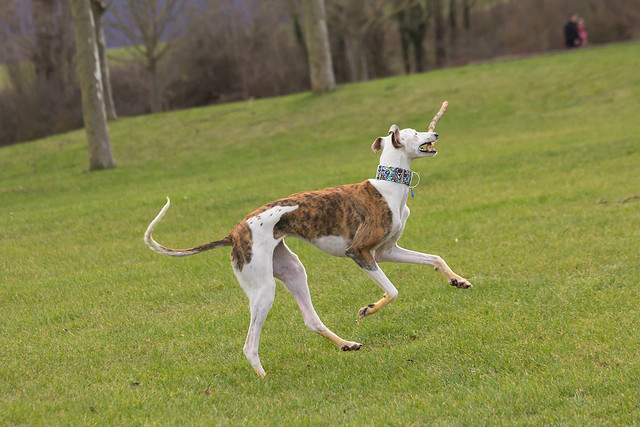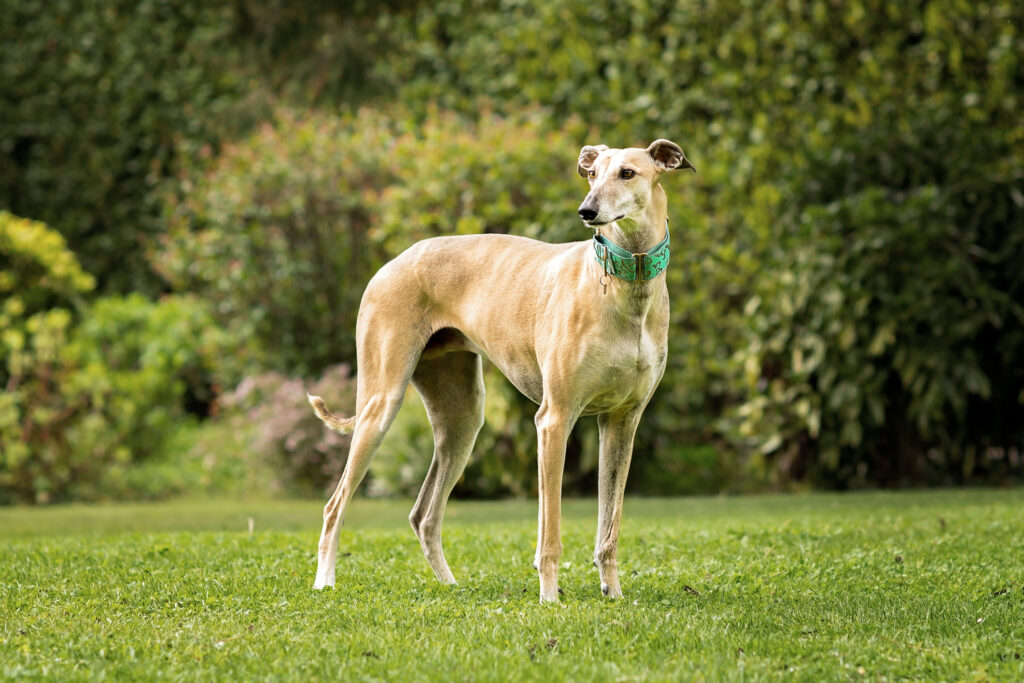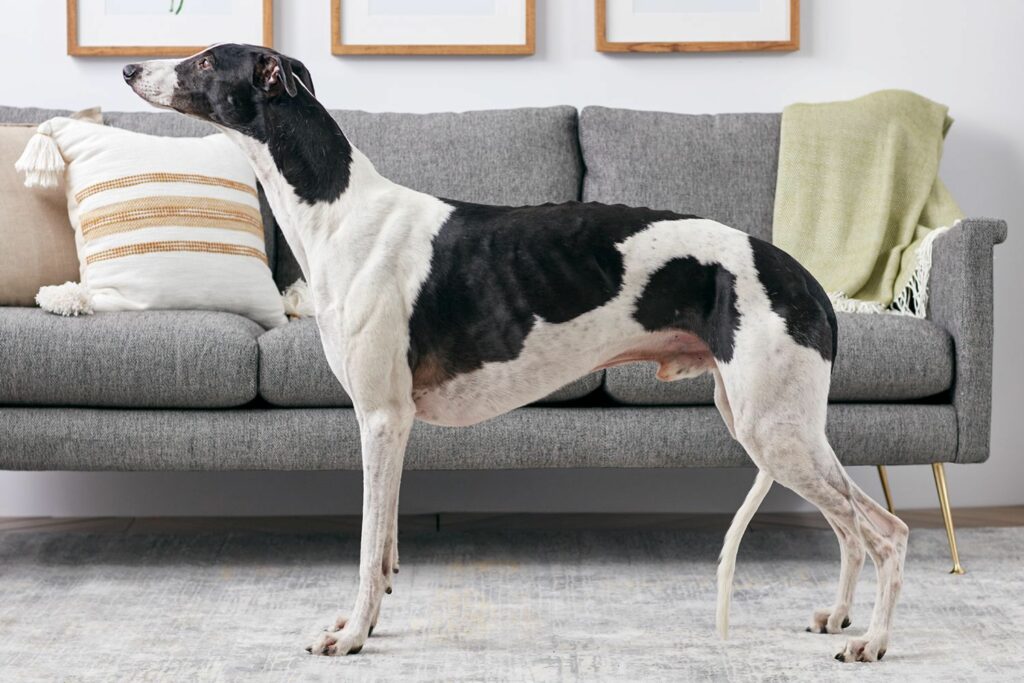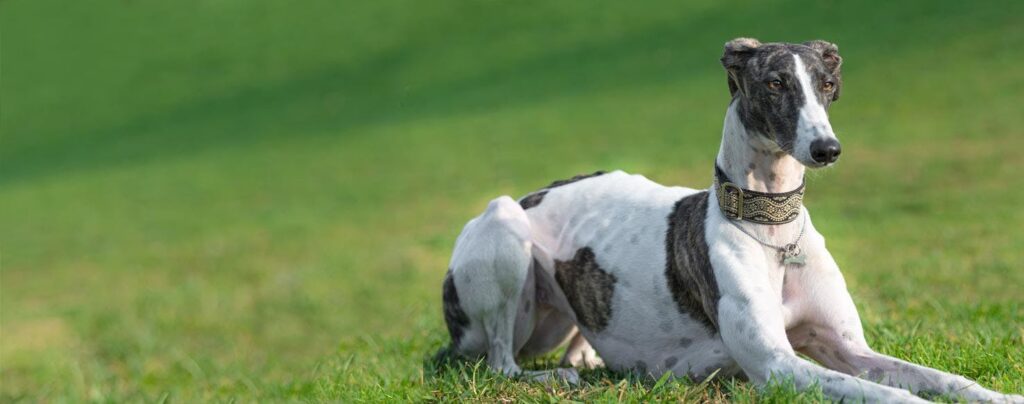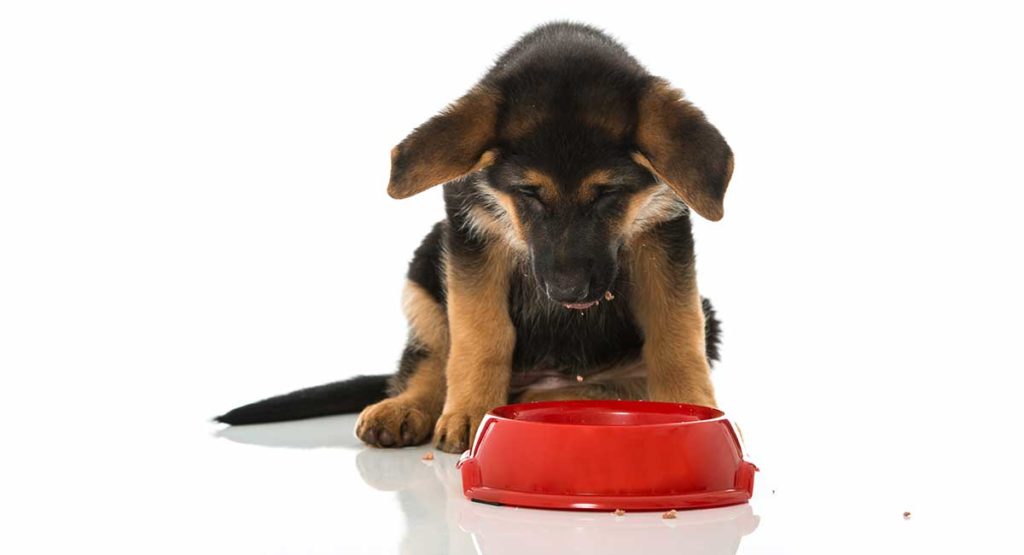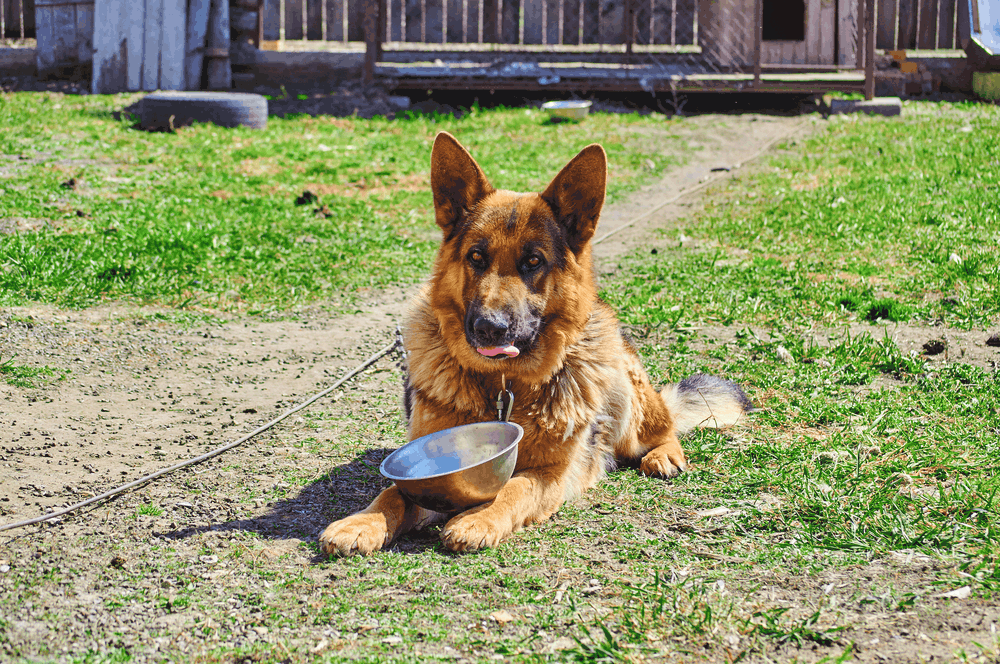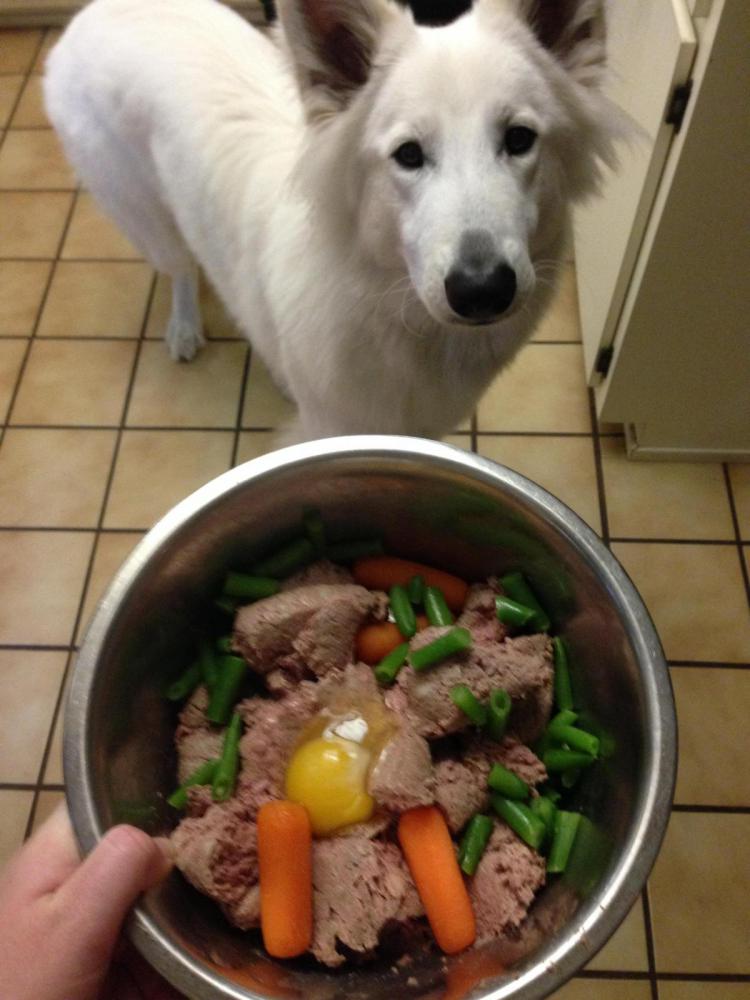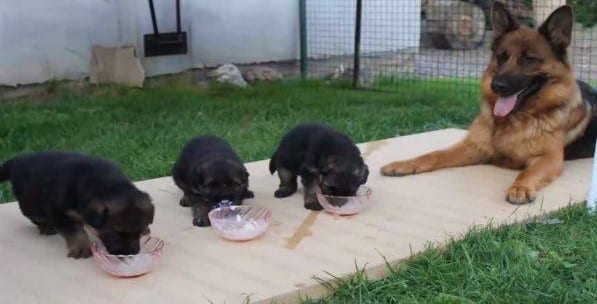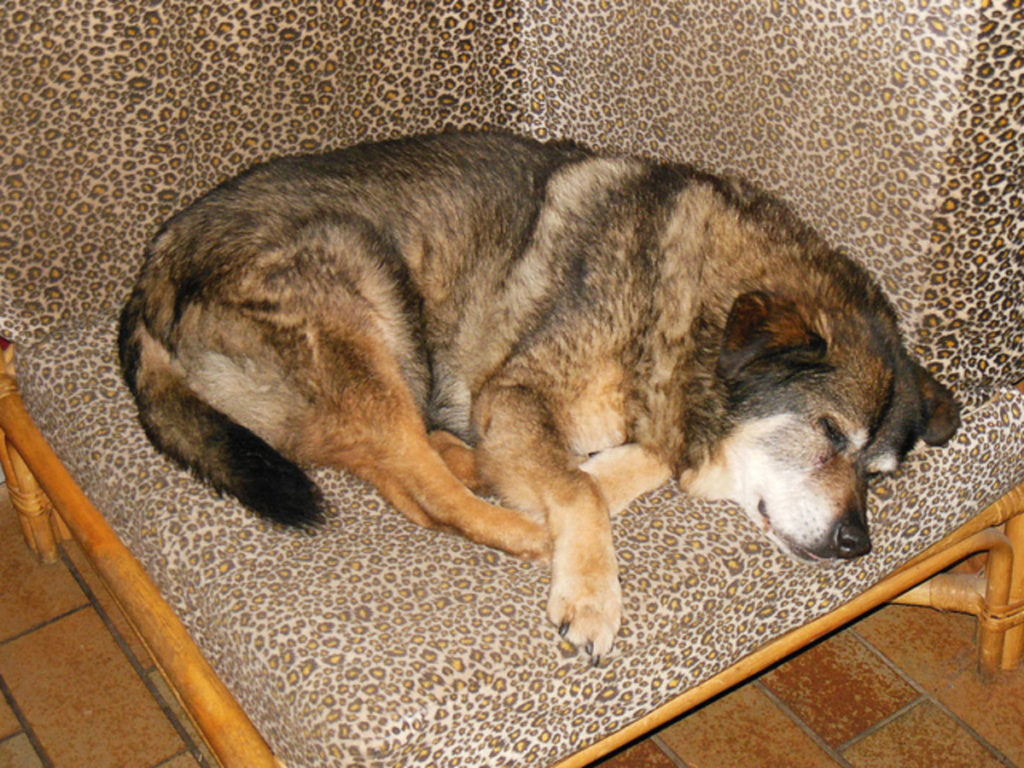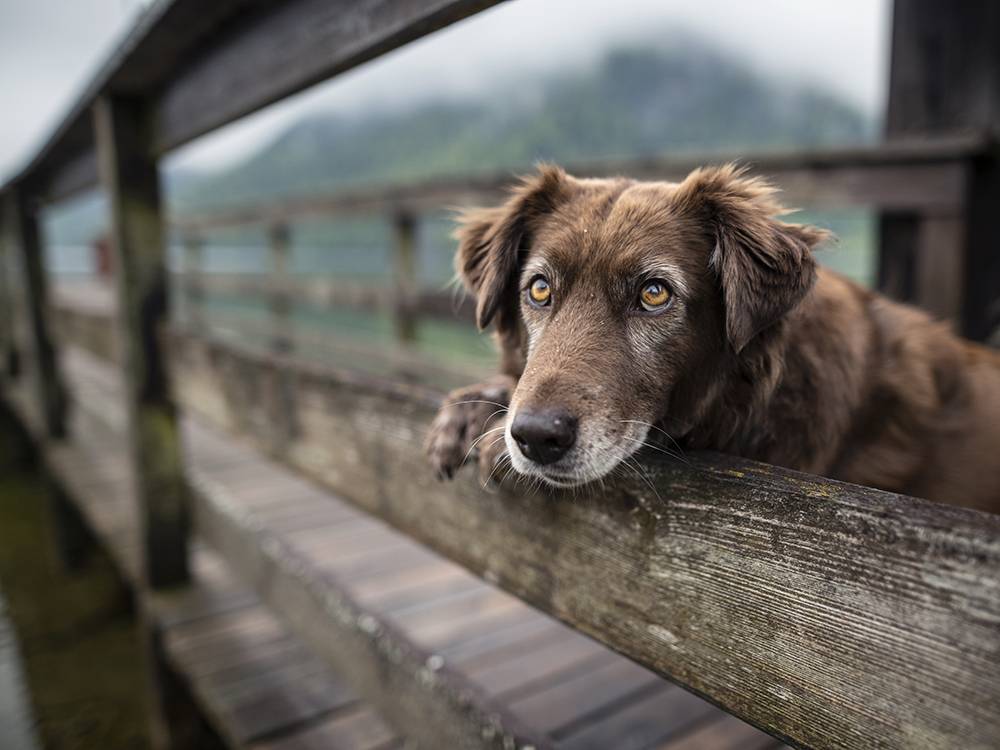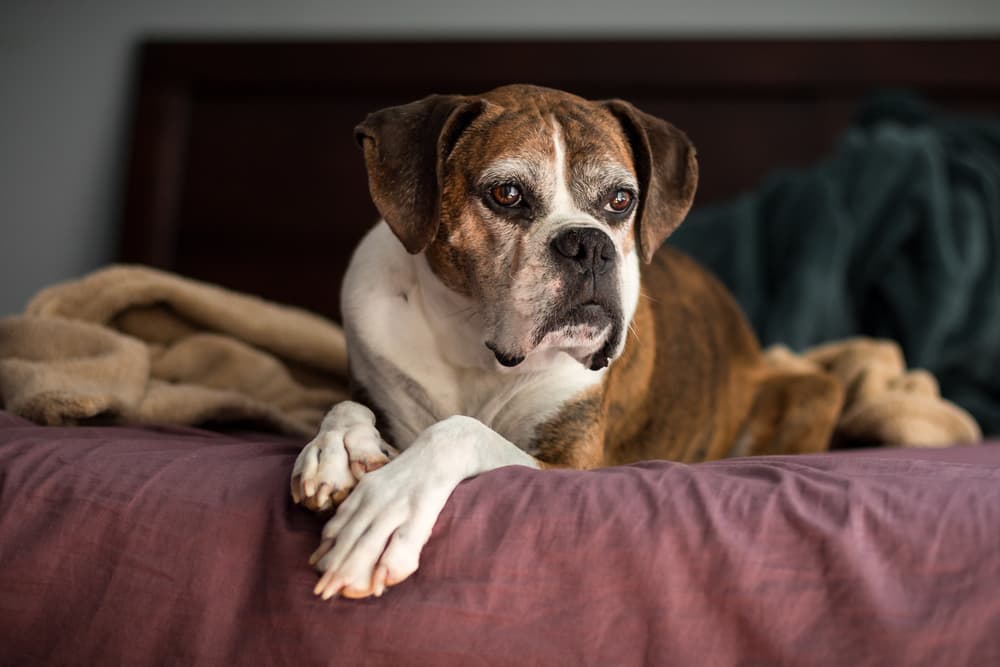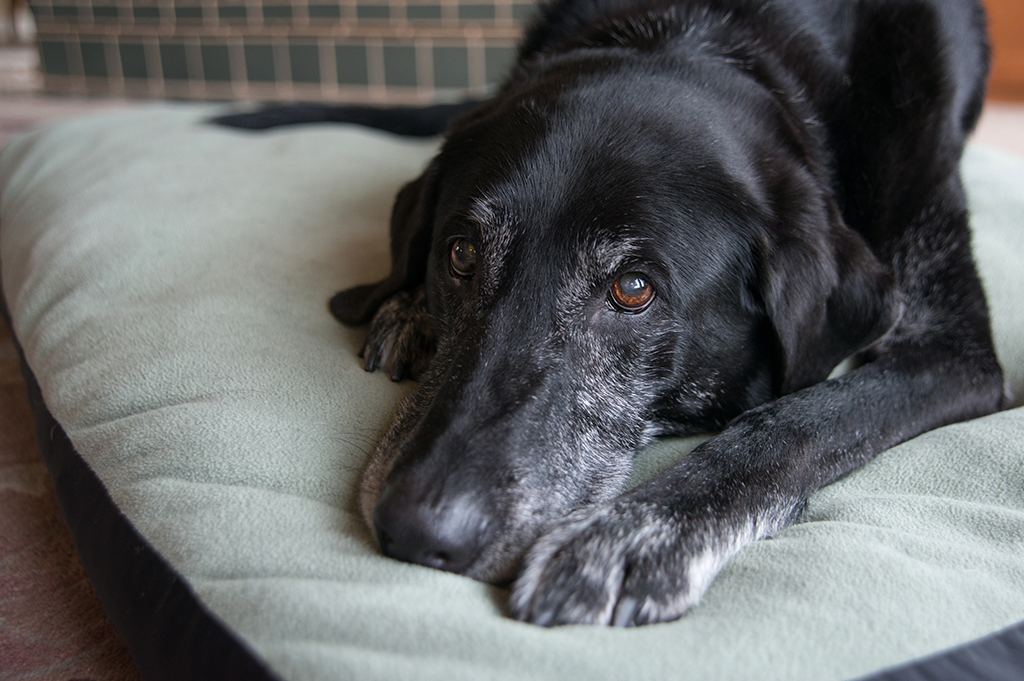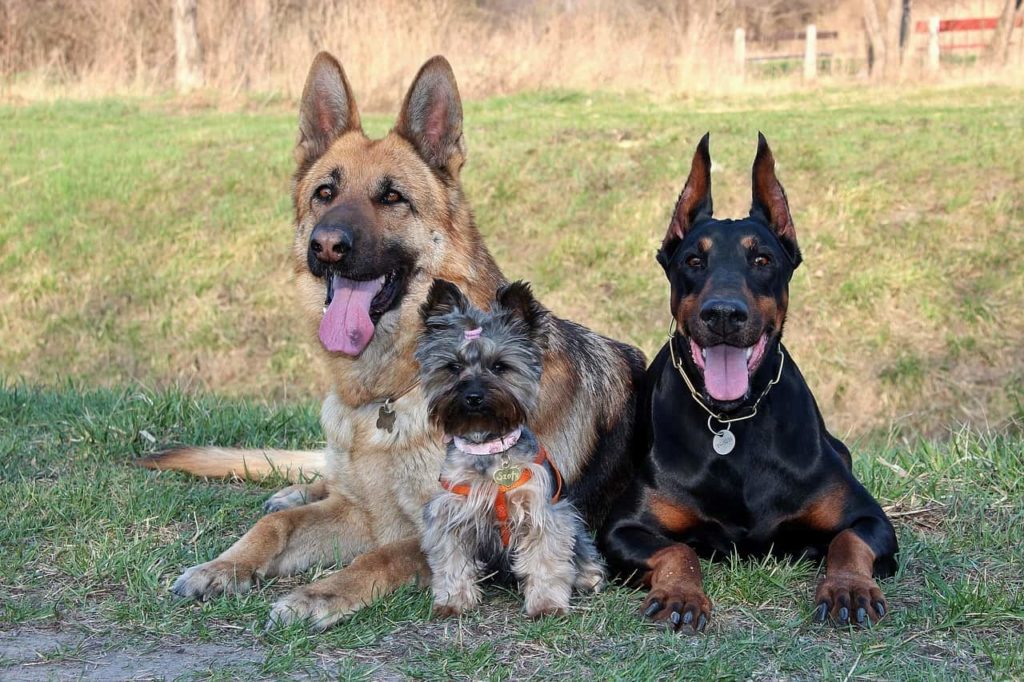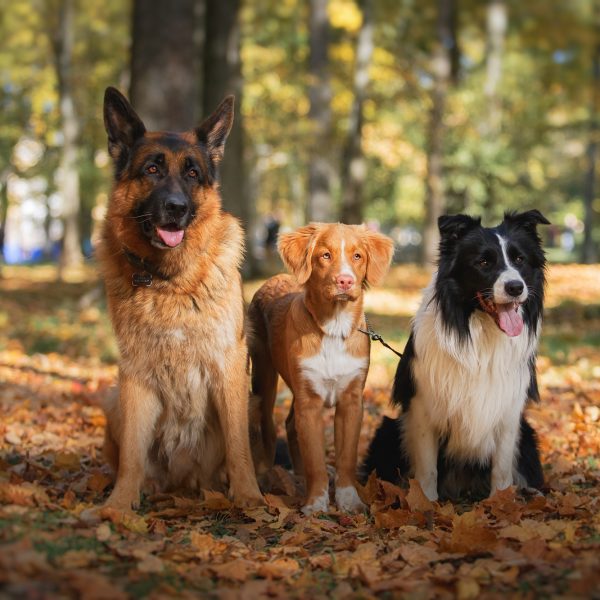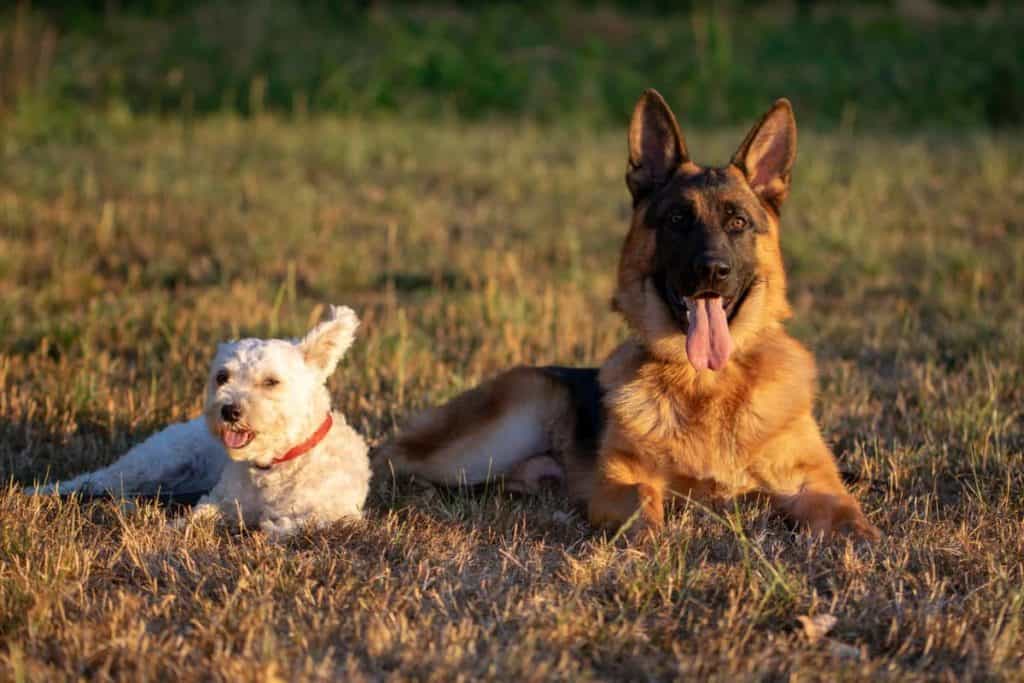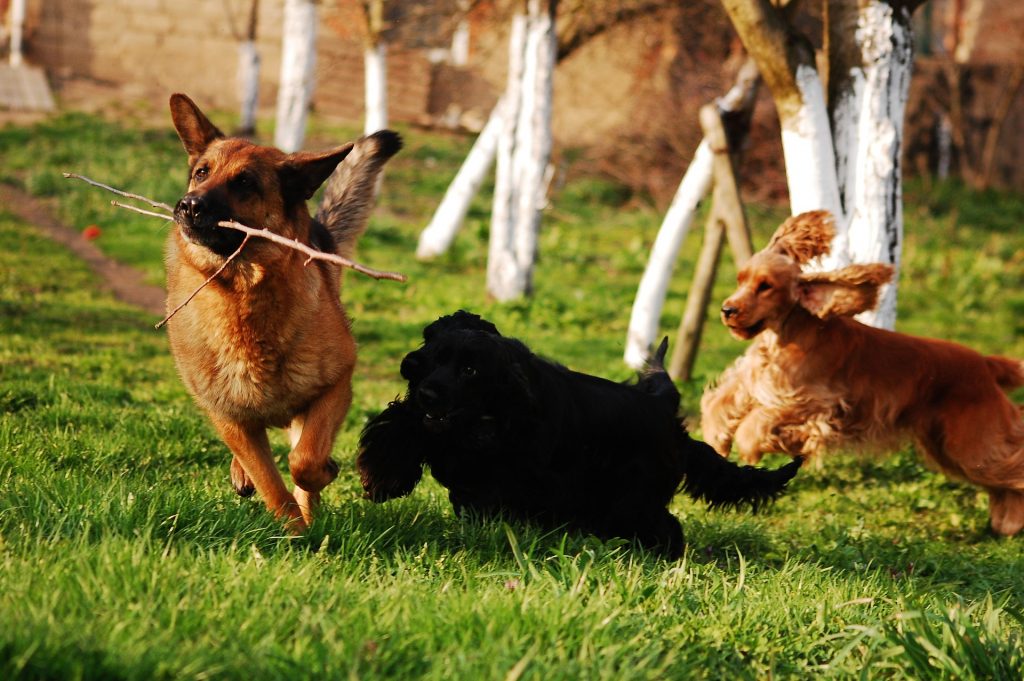The Golden Retriever Dog Breed is a breed of dog created in Scotland in the mid-19th century. The breed was developed to retrieve downed game from both water and land, which was necessary because the hunting grounds at the time were pocketed with marshes and rivers. Right Here, we shall discuss Golden Retriever Dog Physical Appearance, Behaviors, Training, and Caring, golden retriever dog show, golden retriever dog beds.
The Golden Retriever breed of dog is thought to have originated in Scotland. The breed was developed by Dudley Marjoribanks, 1st Baron Tweedmouth at Guisachan, his highland estate. The original dogs were a crossbreed between the now-extinct Russian tracker dog and a Newfoundland dog.
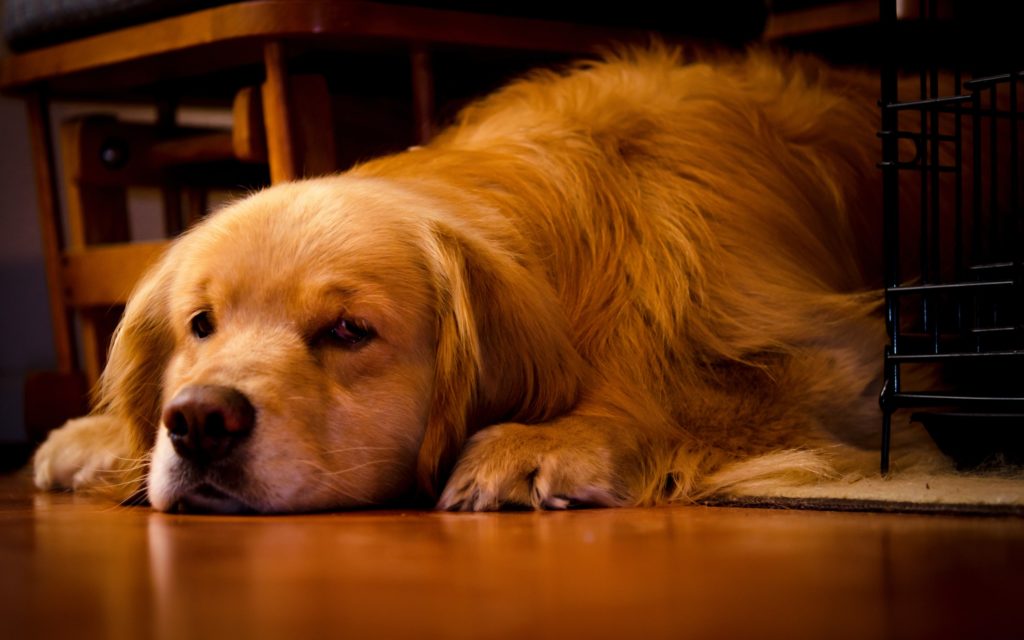
The dog that is today known as the Golden Retriever was developed through a cross of the existing retriever breeds with the Tweed Water Spaniel. The cross took place in Scotland to create a retriever that could retrieve from both land and water. The breeding occurred by pairing a male yellow-colored retriever, ‘Nous’, with a female Tweed Water.
In 1868, four pups from the same crossing were used to develop the Golden Retriever. These dogs include the Irish Setter, sandy-colored Bloodhound, St. John’s water dog of Newfoundland, and two more wavy-coated black retrievers. The goal was to create a dog that was active and powerful with a gentle mouth for retrieving games during hunting.
Physical Appearance Golden Retriever Dog
- The Golden Retriever Dog Breed is a large, strong dog with a dense, water-repellant coat which comes first when it comes to physical appearance that tag along with the Golden Retriever Dog Show.
- The coat colour is blonde, yellow, or gold in colour.
- It is athletic and capable of carrying heavy game over land and water using a broad, powerful head with a strong neck and well-developed fore and hindquarters.
- The British retriever skull is more broad and muscular from the front than other types.
- The muzzle is balanced and well-chiseled, and the coat is lighter in color than American types.
Males stand between 56 to 61 cm at the withers, females are between 51 to 56 cm. The British Golden Retriever has a round and dark eye in contrast to the triangular or slanted composition of their American counterparts. This dog can have any shade of gold or cream; red or mahogany is not acceptable.
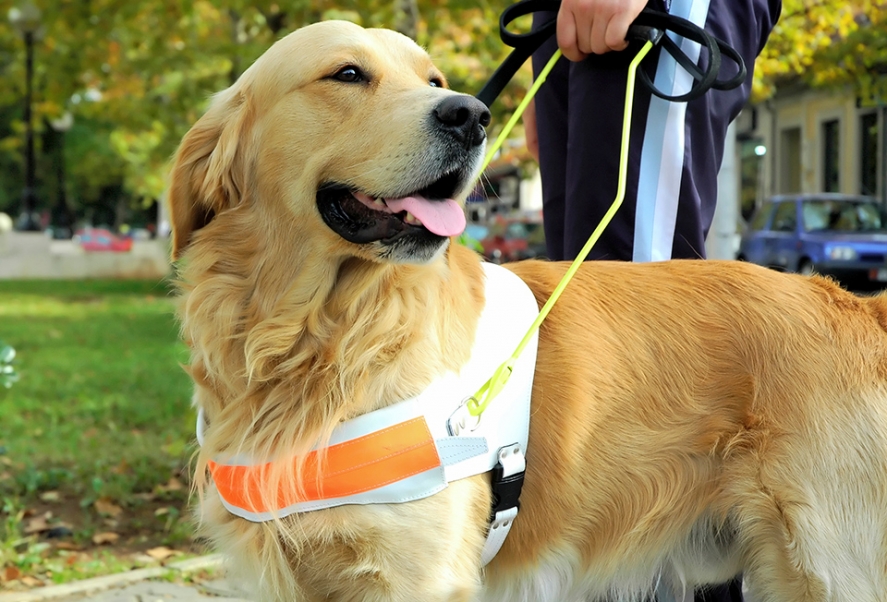
American types are thinner than other types. They range between 58 and 61 cm in height at the withers; females are 55 to 57 cm tall. Their coats are darker in colour, with moderate feathering. They have a free, smooth, powerful, and well-coordinated gait; as the dog runs, its feet converge towards the center of the line of balance which is one of the factors considered as a breeder when it comes to The Golden Retriever Dog Show.
Canada’s Golden Retriever is a slightly thinner and darker breed than others. Males stand 58 to 61 cm in height at withers; females stand between 55 and 57 cm. The male breed weighs between 29 and 34 kg; females weigh between 27 and 32 kg. They are taller than others.
The Golden Retriever’s coat should never be too long, as long coats can get in the way of retrieving prey. Golden Retrievers have light feathering around their front legs and thighs and a heavier amount on their necks, backs, tails, and bottoms of their hind legs.
Golden Retriever Dog Behavior
A retriever is a breed of dog, and retrievers are noted for their ability to retrieve shot games. Golden retrievers are easy to train and love water. They have long hair with an inner coat that keeps them warm in cold weather, and an outer coat that repels water.
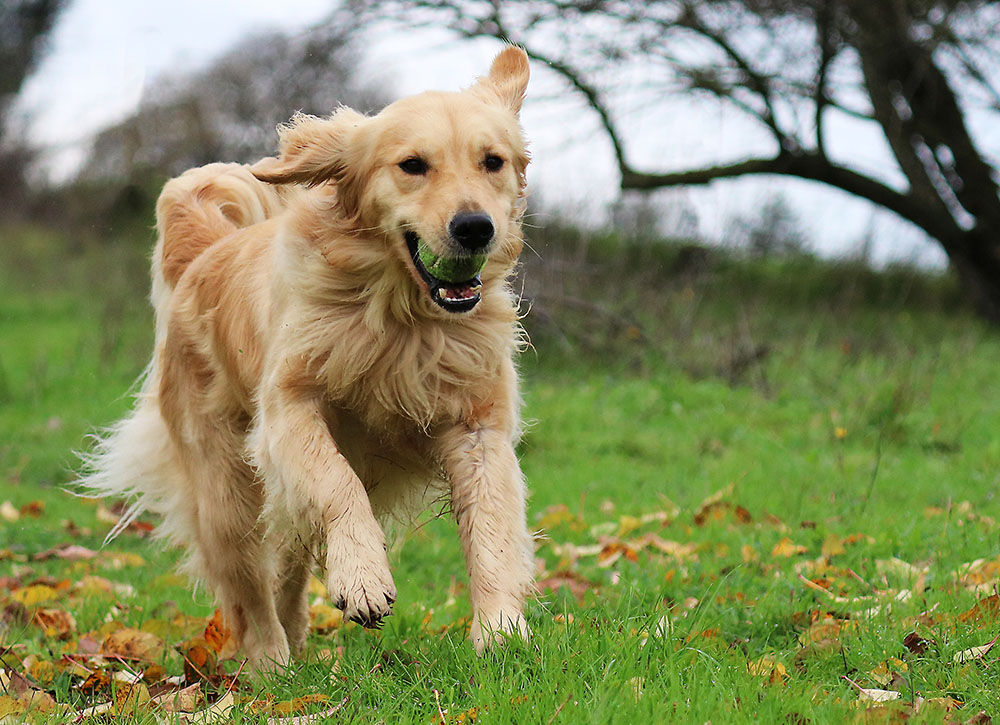
Golden Retrievers are everybody’s friends because of their devoted and obedient nature. They are great companions for families because they are also affectionate with children. This breed is also an apt sporting dog, particularly as a retriever, so if your family enjoys the outdoors, this is your dog.
Training and Caring of the Golden Retriever Dog
The AKC recommends that all Golden puppies should be socialized and enrolled in puppy classes. Between the ages of seven weeks and four months, people, places, and experiences should be introduced to the puppy so that he can grow up to be a well-adjusted adult. The bond between the owner and the dog will grow stronger through obedience training, which makes it easier for the dog owners.
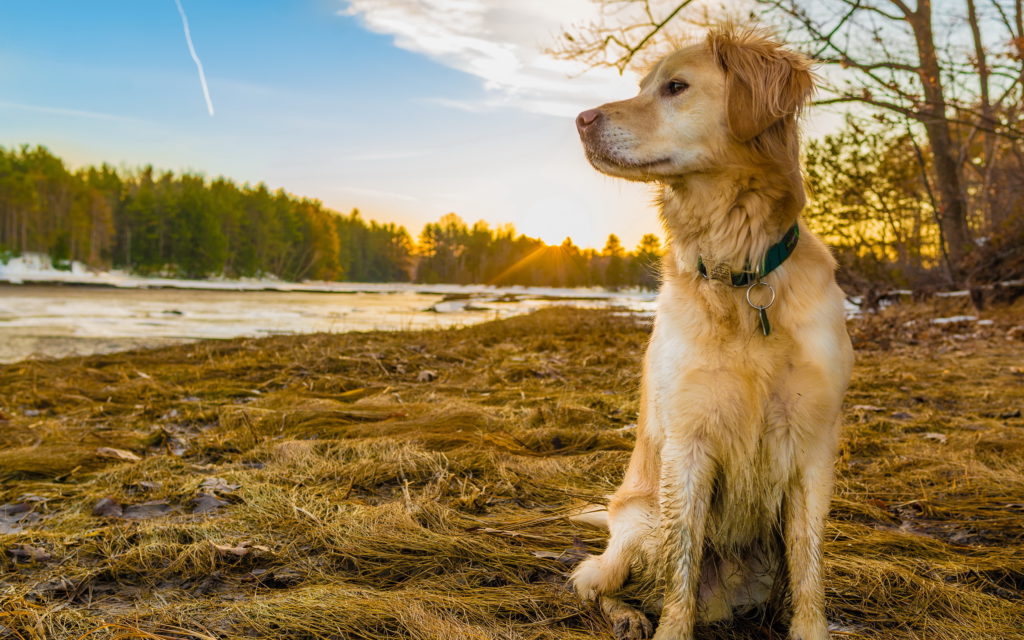
Goldens are active dogs that need to get plenty of exercises. If Goldens don’t get enough exercise, they can become bored and engage in undesirable behavior. People who enjoy running or taking long walks with their dogs will find Goldens to be great companions. Retrievers are friendly, sociable dogs that get along well with other pets and livestock.
Golden Retriever Dog Health
Golden Retrievers are known to have genetic disorders and other diseases. One of the most common is hip dysplasia, which is harmful to the hip joints. The breed also has the tendency to become overweight. They love eating too much. Cataracts have also been recorded. The average lifespan for a Golden Retriever is 11 to 13 years.
Golden Retriever Dog Show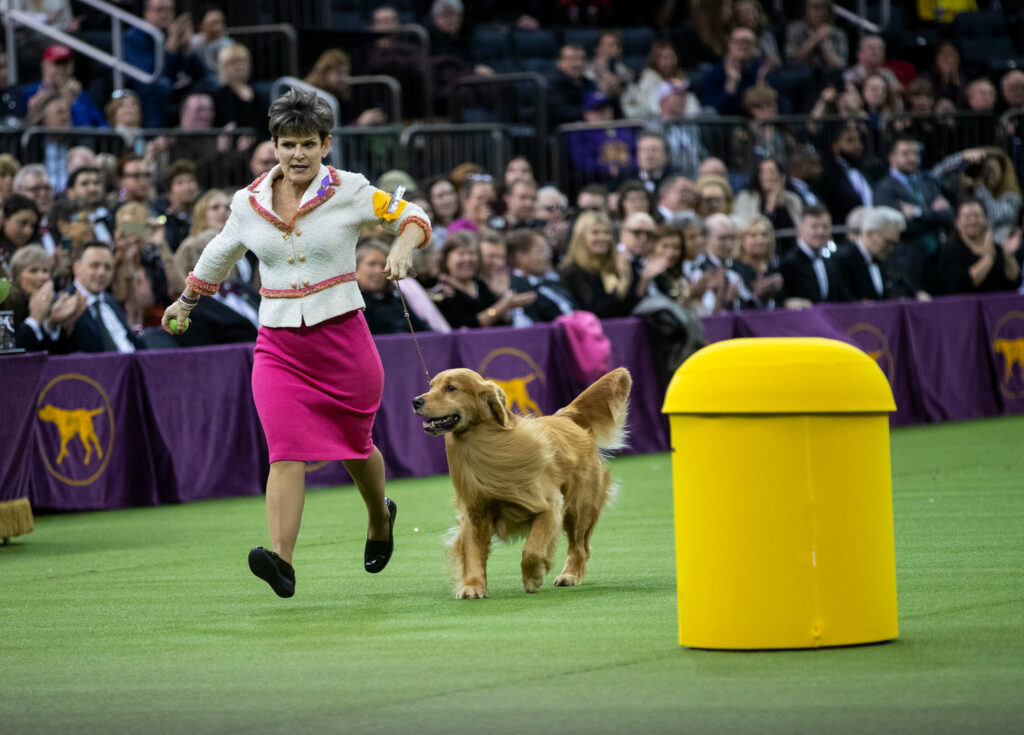
A Golden Retriever dog show is a competitive sport where Golden Retrievers are decided based on Field events, Obedience Trials, Tracking, Dog Shows, physical appearance, and temperament. It provides an opportunity for dog owners, breeders, and dog adopters to showcase their dogs for titles and recognition at the end of the event.
As stated above, at the end of the show, titles and awards are presented to the best/top-performing Golden Retriever Dog Show in each category or class. These may include Best of Breed, Best of Winners, Best In Show, Best of Opposite Sex and Several Category placements.
Golden Retriever Dog Show is an interesting event to attend.
Golden Retriever Dog Beds
Golden Retriever Dog Breed are Large and powerful dog that loves comfort with a very good and supportive bed to take their size to allow them to rest properly.
Below are a list of some popular dog bed brands that will suit in for Golden Retrievers
- Big Barker
- Kuranda
- PetFusion
- Furhaven
- Orthopedic Dog Bed by Dogbed4less
how much is a golden retriever dog
The budget for a golden retriever dog is between $500 and $3,000 for a Golden Retriever puppy which is subject to increase depending on the breeder. it is best to consult your local dog breeder to get the best pedigree for a golden retriever dog.
what size dog crate for golden retriever
Golden Retrievers are medium to large-sized dogs, and their crate size will depend on their individual measurements and preferences. A 42-inch crate is often suitable for most adult Golden Retrievers.
what dog looks like a golden retriever
When it comes to dog looks like a golden retriever, here are a few breeds that have similar physical characteristics:
- Labrador Retriever
- Flat-Coated Retriever
- Chesapeake Bay Retriever
- Irish Setter
- Curly-Coated Retriever
RECOMMENDED POSTS
- Labrador Retrievers Dog Breed – 4 Awesome Characteristics, Care & Photos
- Flat-Coated Retriever Dog Breed Information
- Curly-Coated Retriever Dog Breed Information
- Chesapeake Bay Retriever Dog Breed Information
- Toy Poodle Dog Breed Information, Pictures, Characteristics & Facts
The article provided via this website should not be used to determine or treat a health problem or disease; it is not intended to offer any legal opinion or advice or a substitute for professional safety advice or professional care. Please consult your Vertinary Doctor or health care provider, attorney, or product manual for professional advice. Products and services reviewed are provided by third parties; we are not responsible in any way for them, nor do we guarantee their functionality, utility, safety, or reliability. Our content is for educational purposes only.
If you like, please share it. Sharing is usually caring.

